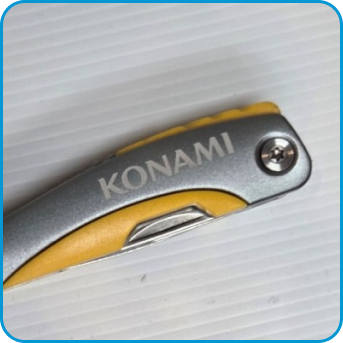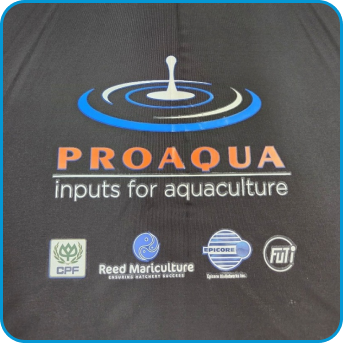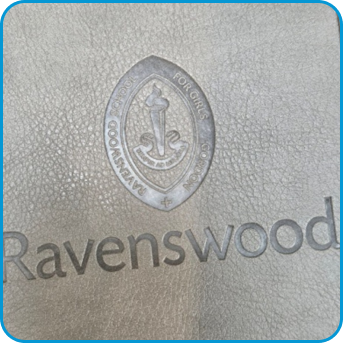Learn More About Promotional Bags
-
Explore our blogs on bags to get campaign ideas
-
See case studies to learn how other brands use bags successfully
Read our expert articles on:
Buy custom bags from Australia’s #1 wholesale supplier. At Cubic Promote, we make it easy to order quality promotional bags that travel with your logo — from the office to the market, the gym, or a trade show. We offer reusable tote bags, satchels, cooler bags, and travel packs designed for everyday use. Each one is made to last and professionally branded for maximum exposure.
Expert Buying Tips
Here are the key points to consider when buying bags:
- Consider the Audience: Think about who your recipients are and where they will use the custom bags. This ensures your giveaways get used and stay visible.
- Give value, not just a giveaway: High-quality bags reflect your brand’s reputation. A durable, practical bag communicates care and professionalism — turning recipients into proud brand carriers.
- Build for repeated use: Cheap bags get thrown out. A strong, well-made tote or satchel gets used again — at work, markets, the gym or on weekends. The more it’s carried, the more impressions your brand earns without any extra spend.
- Don’t overlook features: Having features like zips, pockets, and insulation makes the bag a bag people prefer to use. Those extra touches help your giveaway outlast the event and stay visible in real settings.
- Think branding impact: A great bag can still fail if the logo’s too small or poorly placed. We help you select clear, high-contrast decorations and prime logo placements, ensuring your brand stands out in a crowd.
- Order smartly: By ordering in bulk, you get lower per-unit costs, which makes it cost-effective.
Ideal Use Cases in Australia
Promotional bags help your brand show up where people are. From major events to daily routines, they keep your message visible and in use. Here’s where they shine:
- Corporate Events & Conferences — From major business expos in Sydney and Melbourne to industry roadshows in Brisbane, branded bags make excellent welcome packs, collateral carriers, and giveaway items.
- Education & Campus Life — Orientation weeks at universities, open days, and graduation events are ideal opportunities to distribute branded tote bags or satchels.
- Travel & Hospitality — Custom duffels and overnight bags are ideal for tourism operators, hotel welcome packs, and major travel events, such as caravan & camping expos.
- Health & Wellness Programs — Distribute gym totes and cooler bags at fun runs, charity walks, wellness festivals, and community health events.
- Sustainability & Eco Campaigns — Reusable bags align with Clean Up Australia Day, environmental expos, and local council green initiatives.
- Sports Clubs & Community Groups — Great for club merchandise, sponsor packs, and regional sporting carnivals or fun runs.
- Charities & Fundraisers — Cost-effective giveaways at awareness events like Relay For Life, community drives, and local fairs.
- Seasonal Gifting & Corporate Hampers — Especially around Christmas, Australia Day, or EOFY campaigns — a promotional bag becomes a useful part of the gift itself.



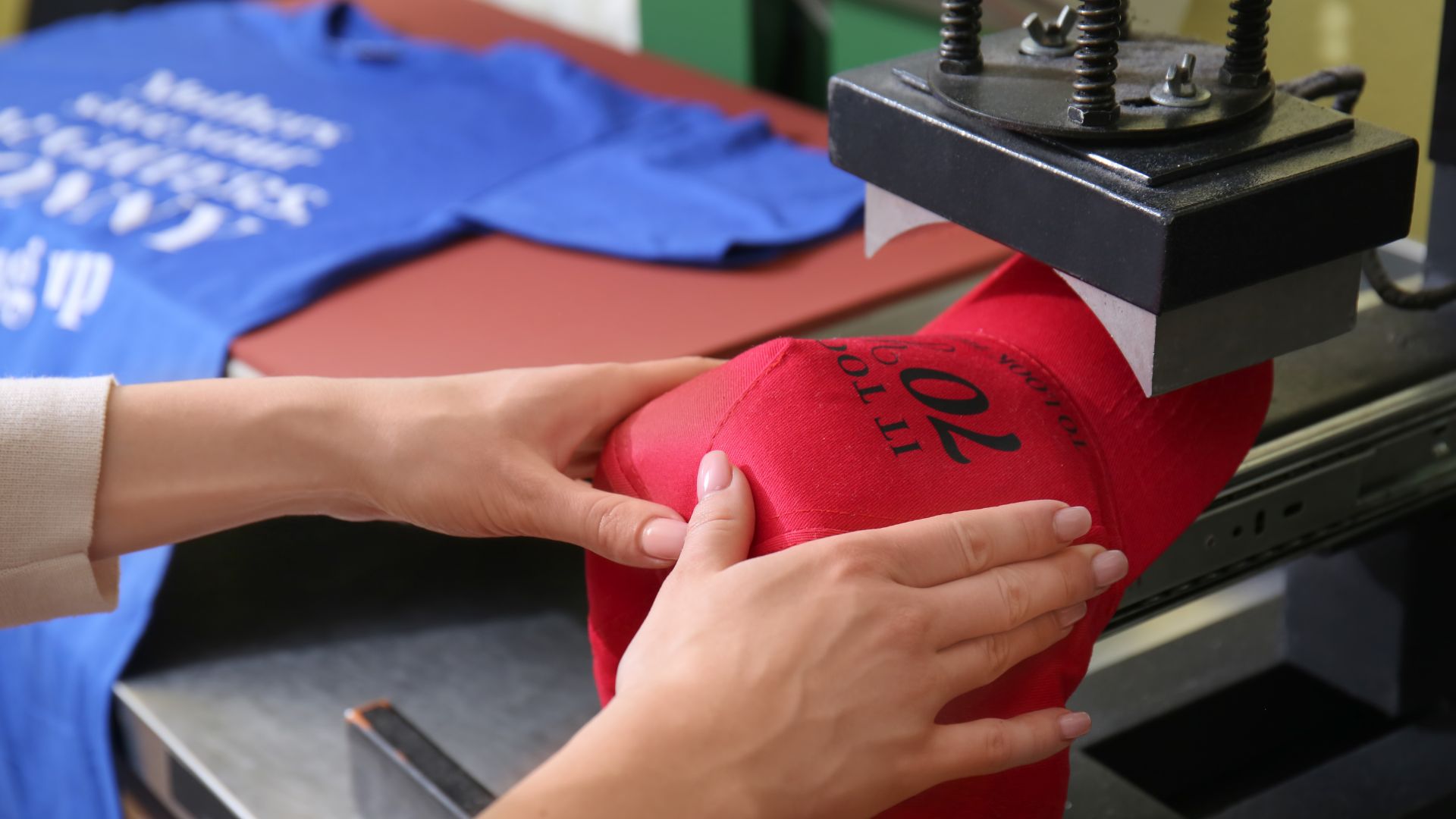




 Sale
Sale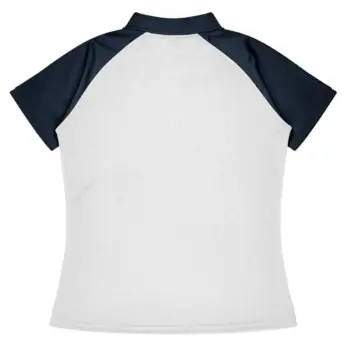
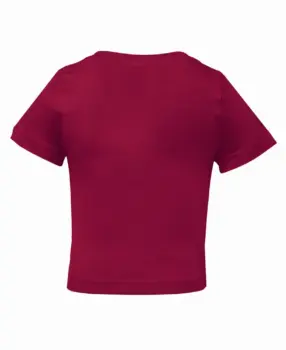
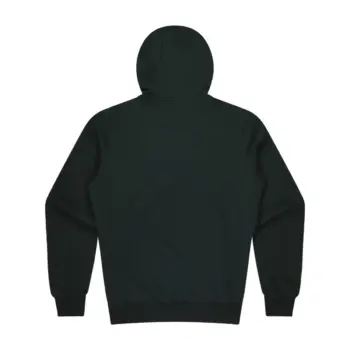
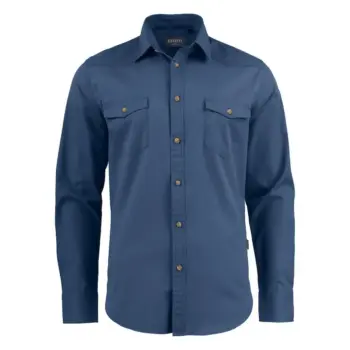
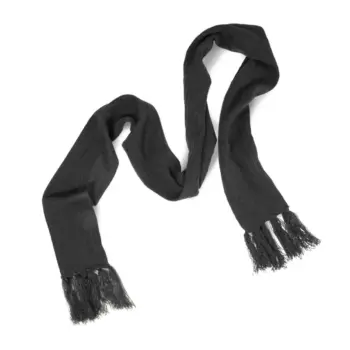
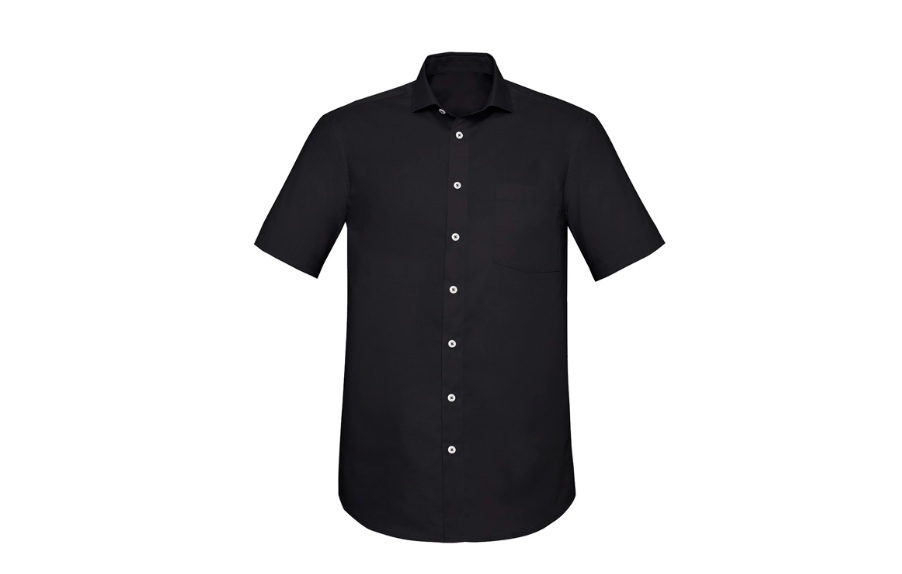 Corporate Uniforms
Corporate Uniforms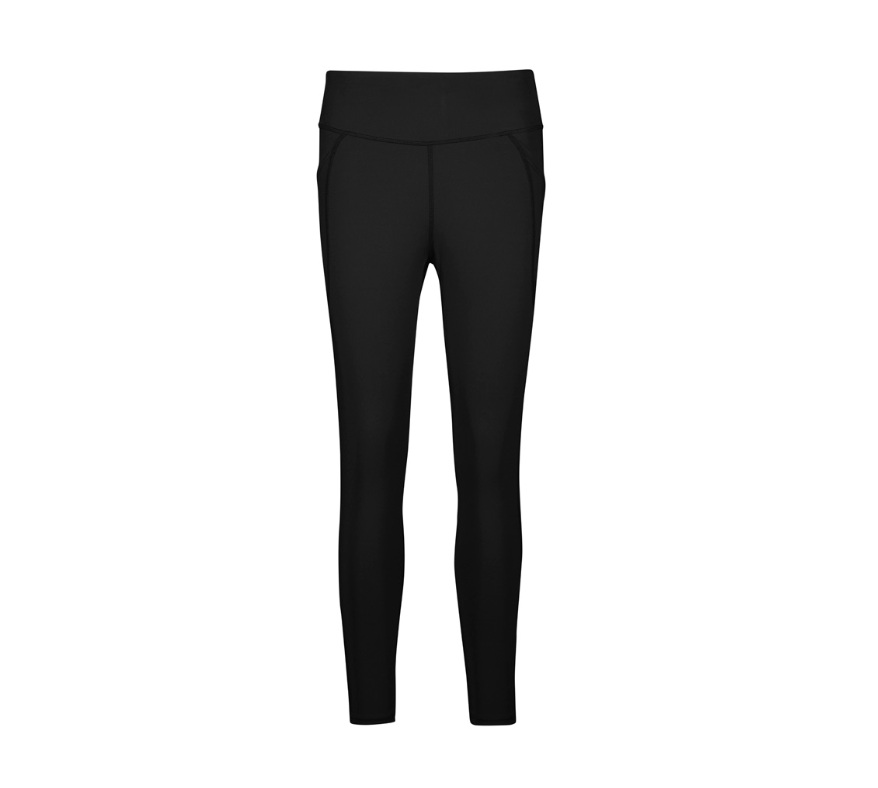 Eco Apparel
Eco Apparel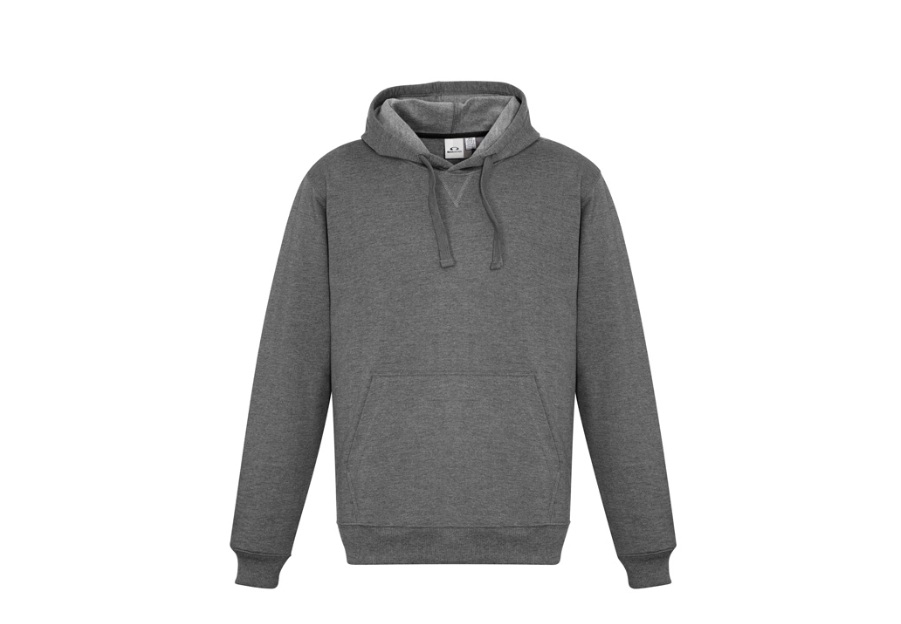 Hoodies & Sweaters
Hoodies & Sweaters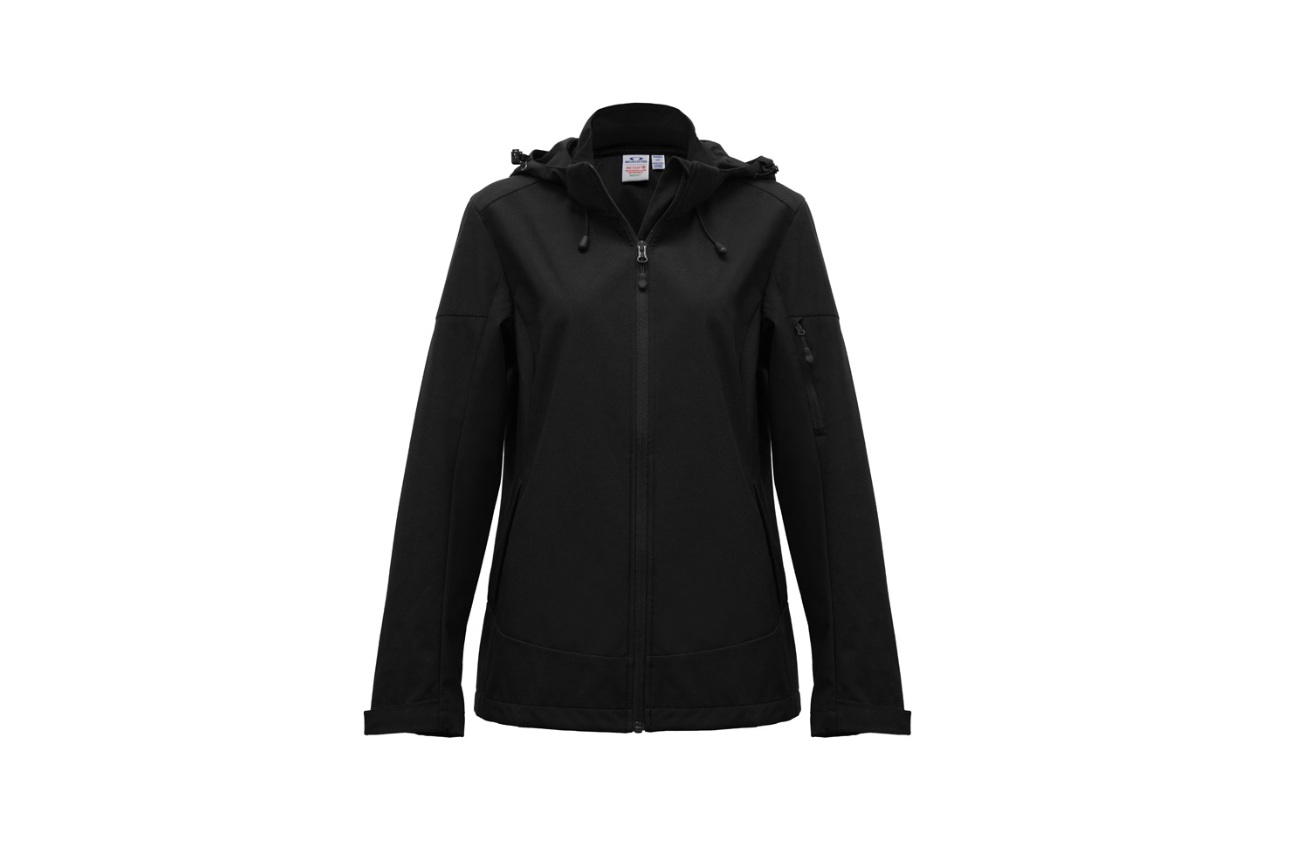 Jackets
Jackets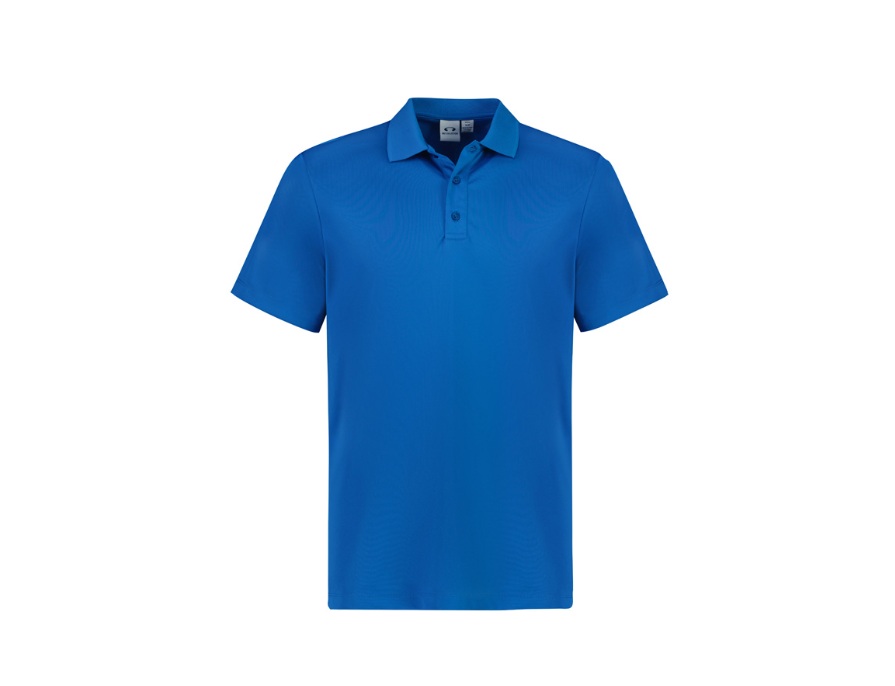 Kids' Clothes
Kids' Clothes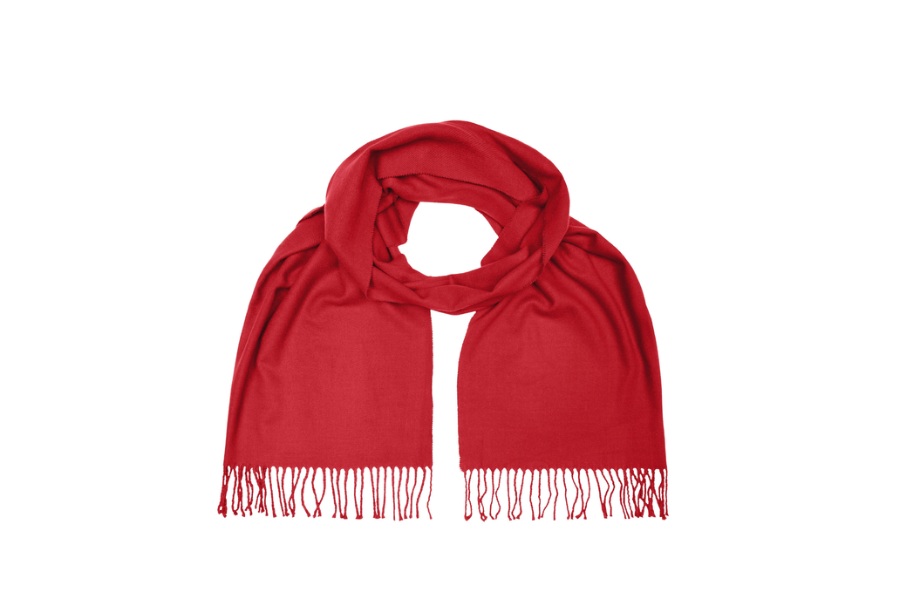 Other Apparel
Other Apparel Polo Shirts
Polo Shirts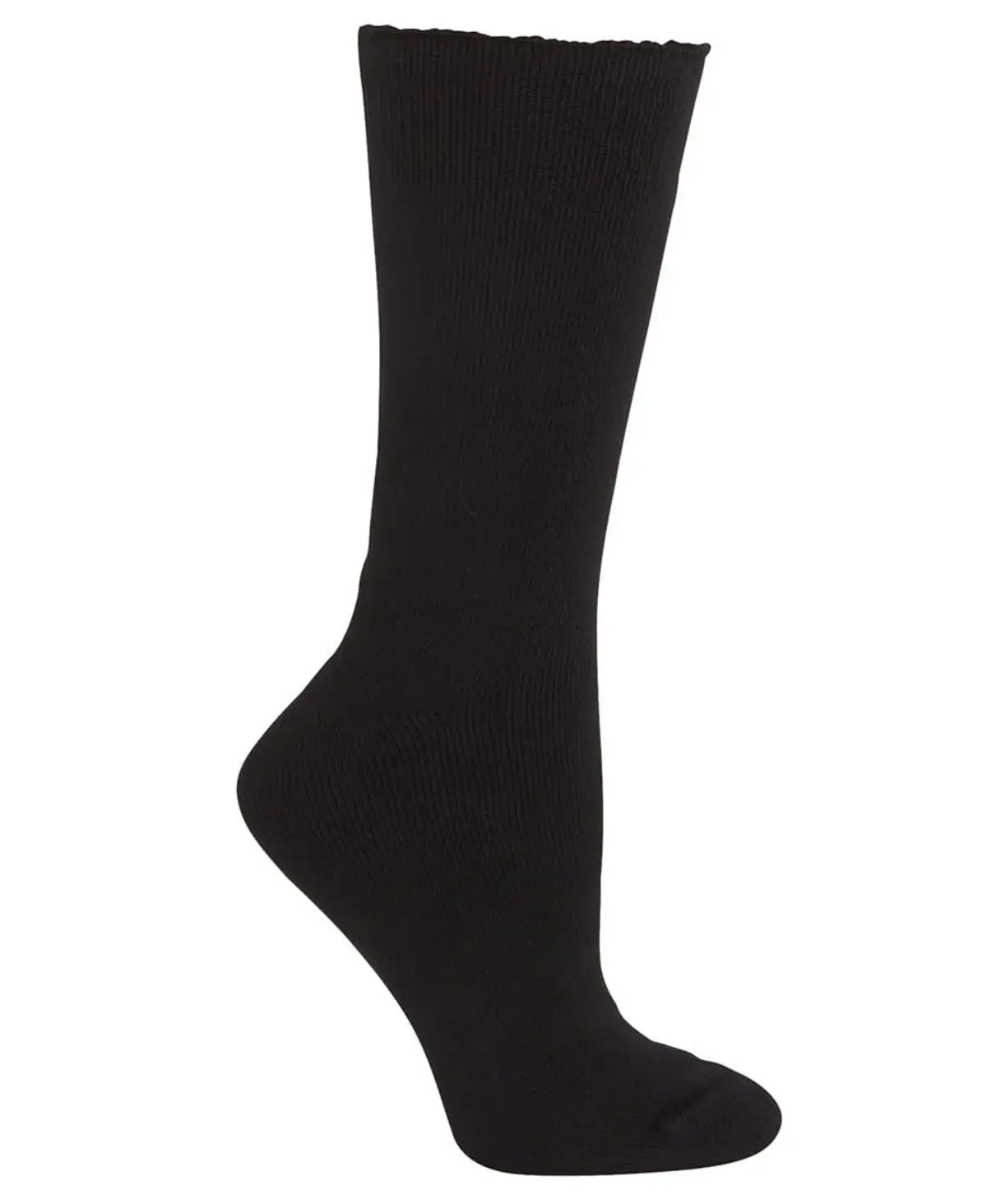 Socks
Socks Shoes
Shoes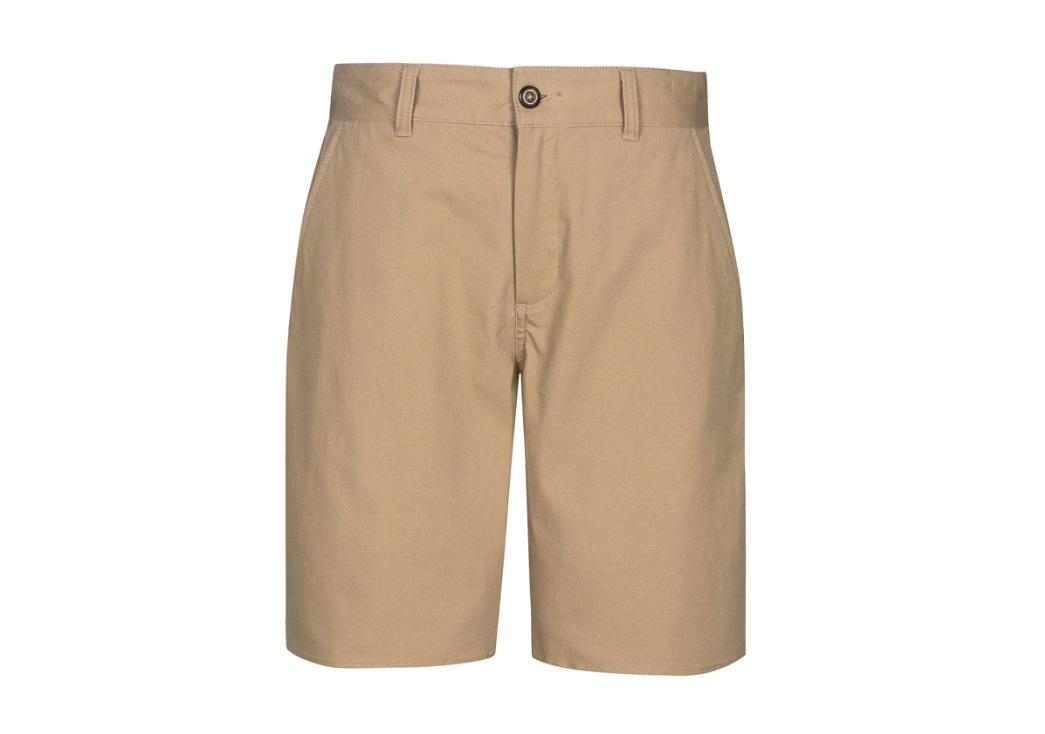 Sports Bottoms
Sports Bottoms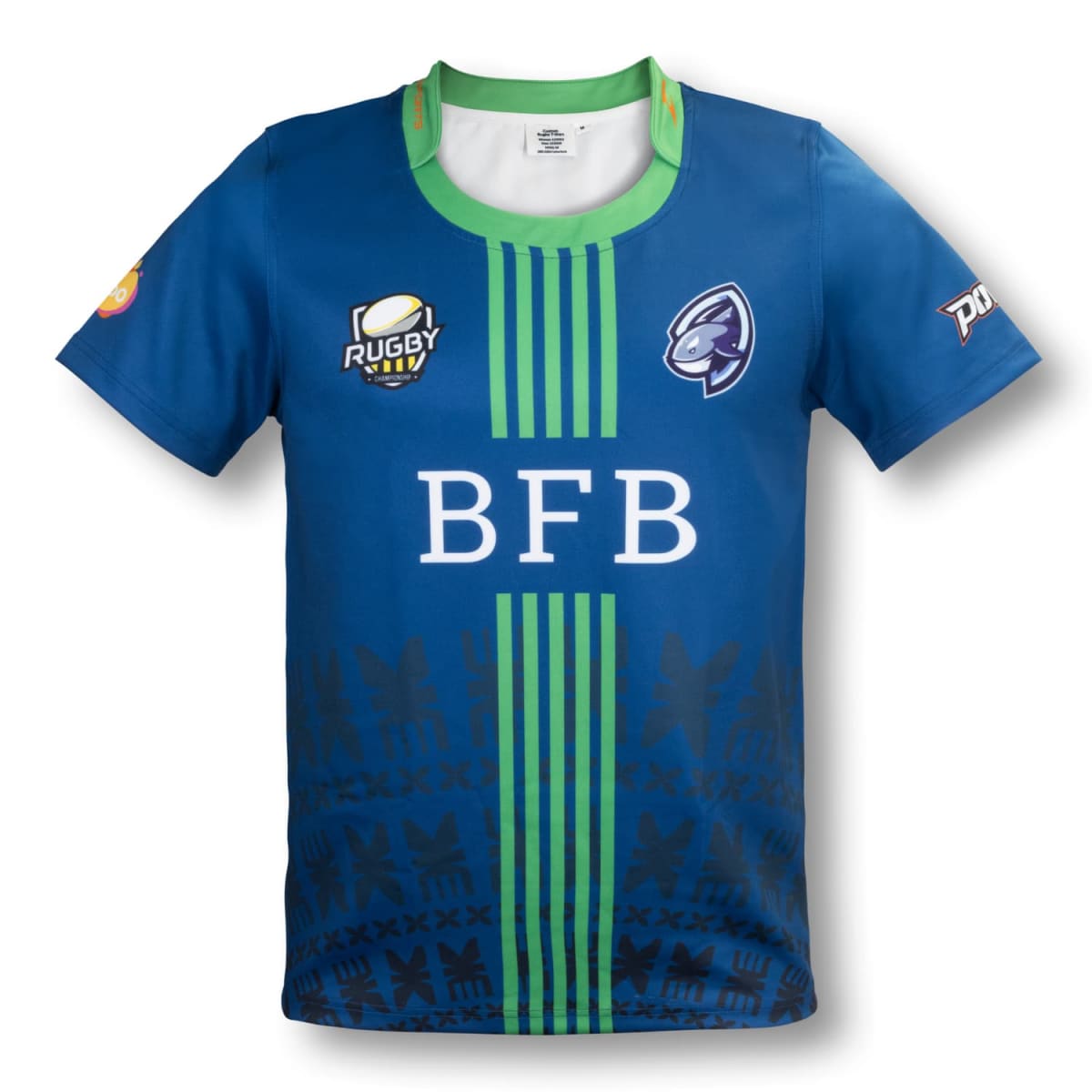 Sports Uniforms
Sports Uniforms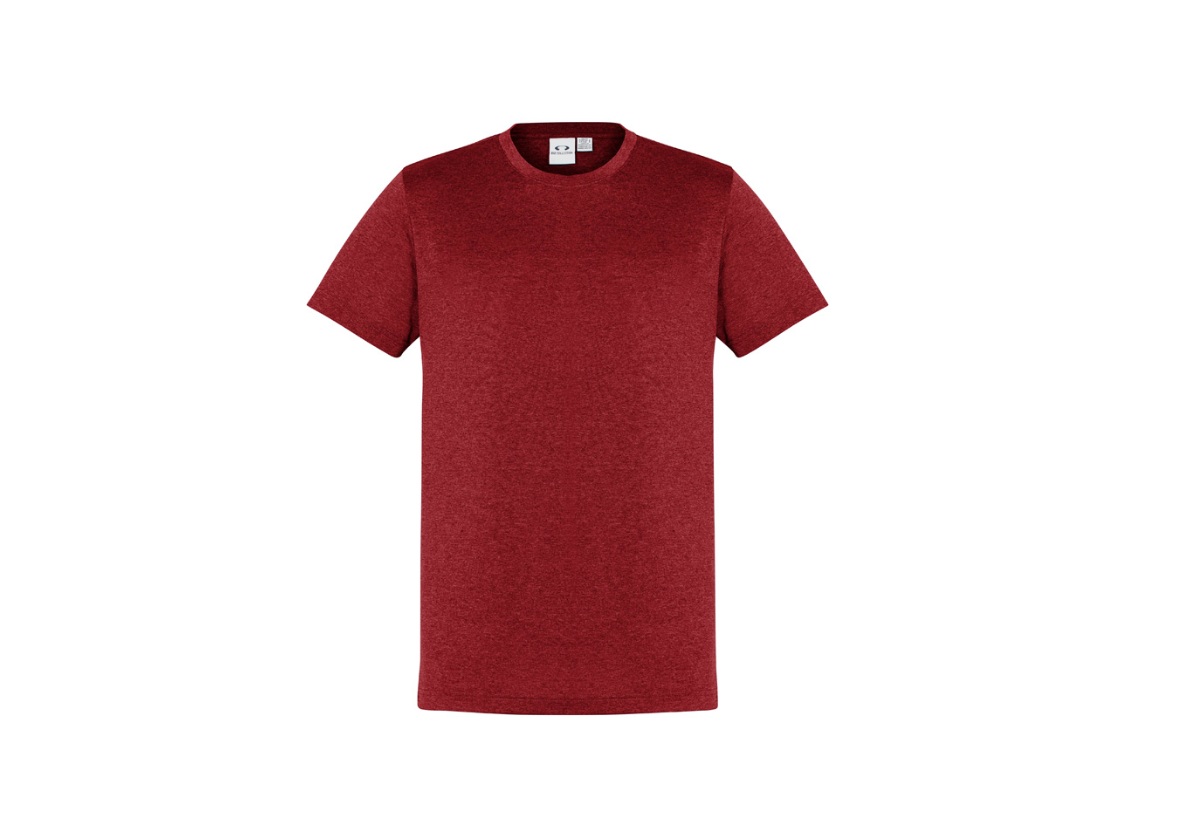 Tee Shirts
Tee Shirts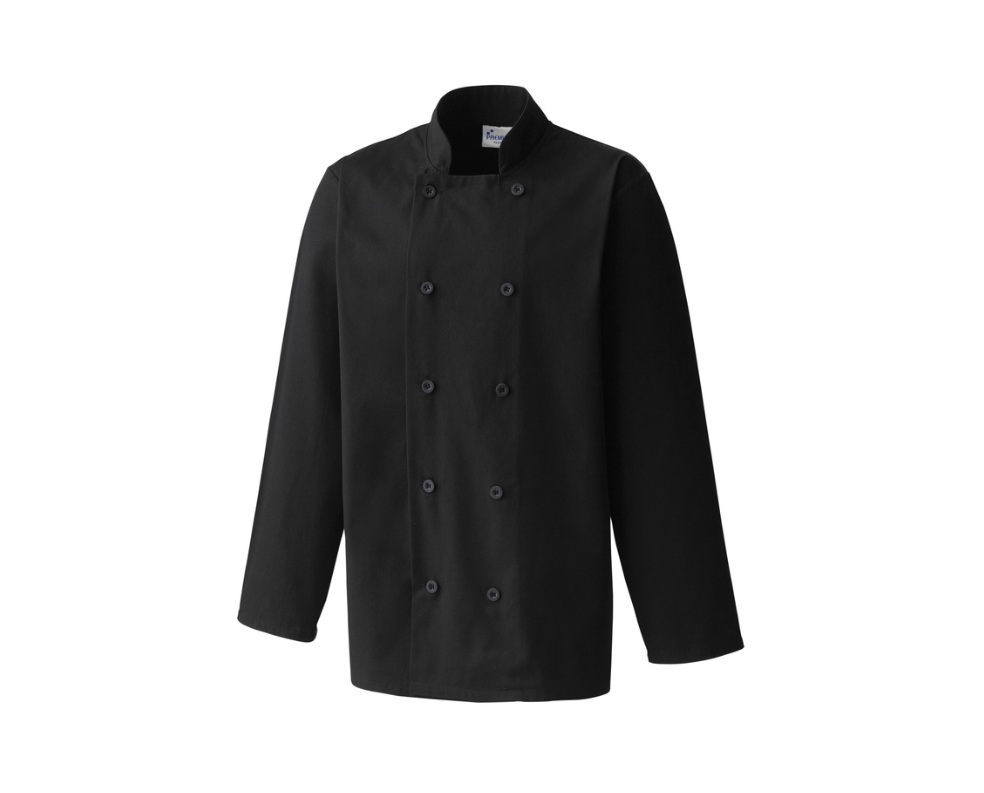 Workwear
Workwear

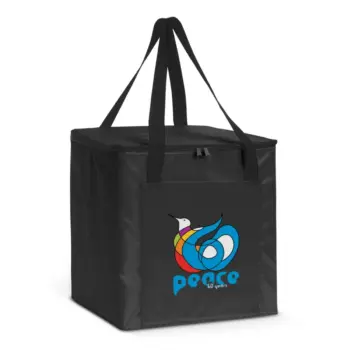
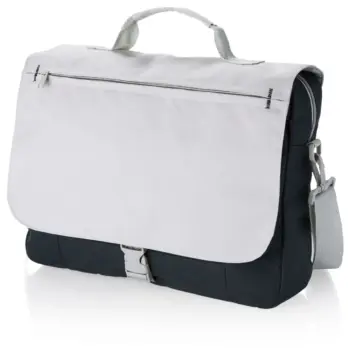
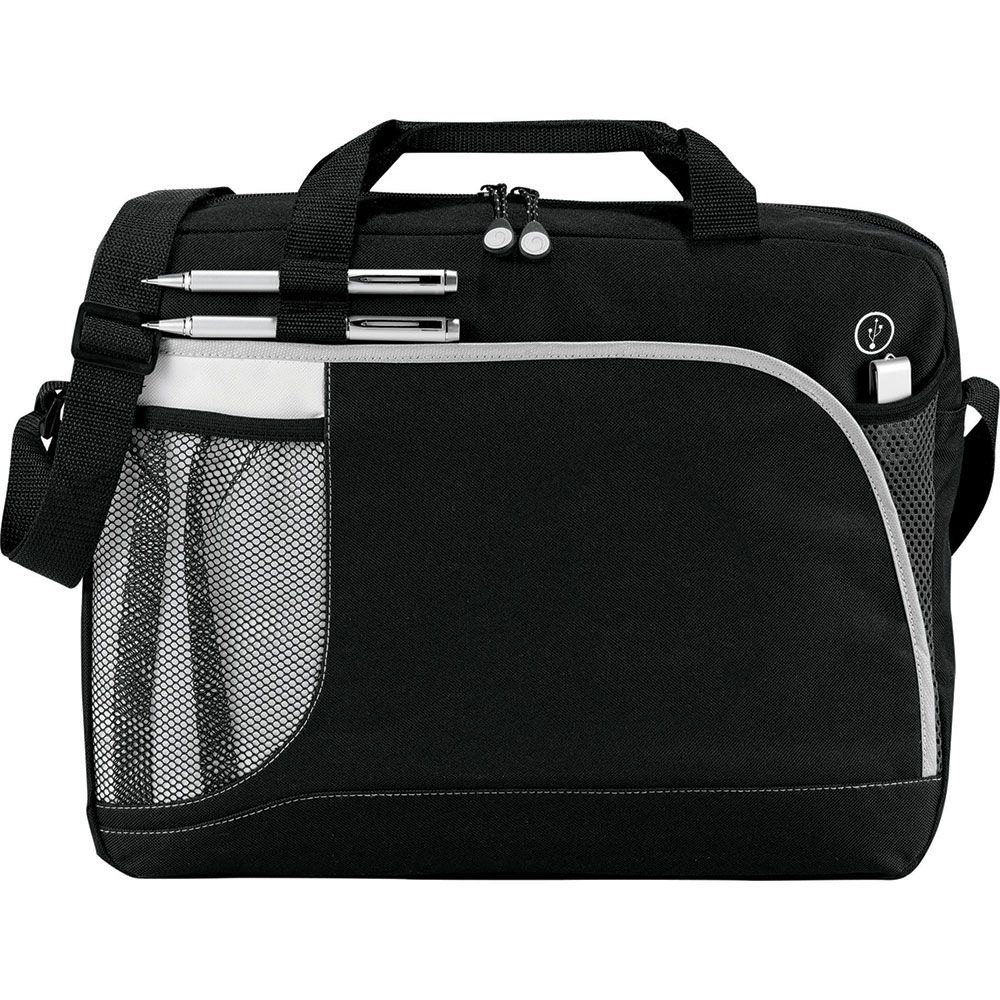 Briefcases
Briefcases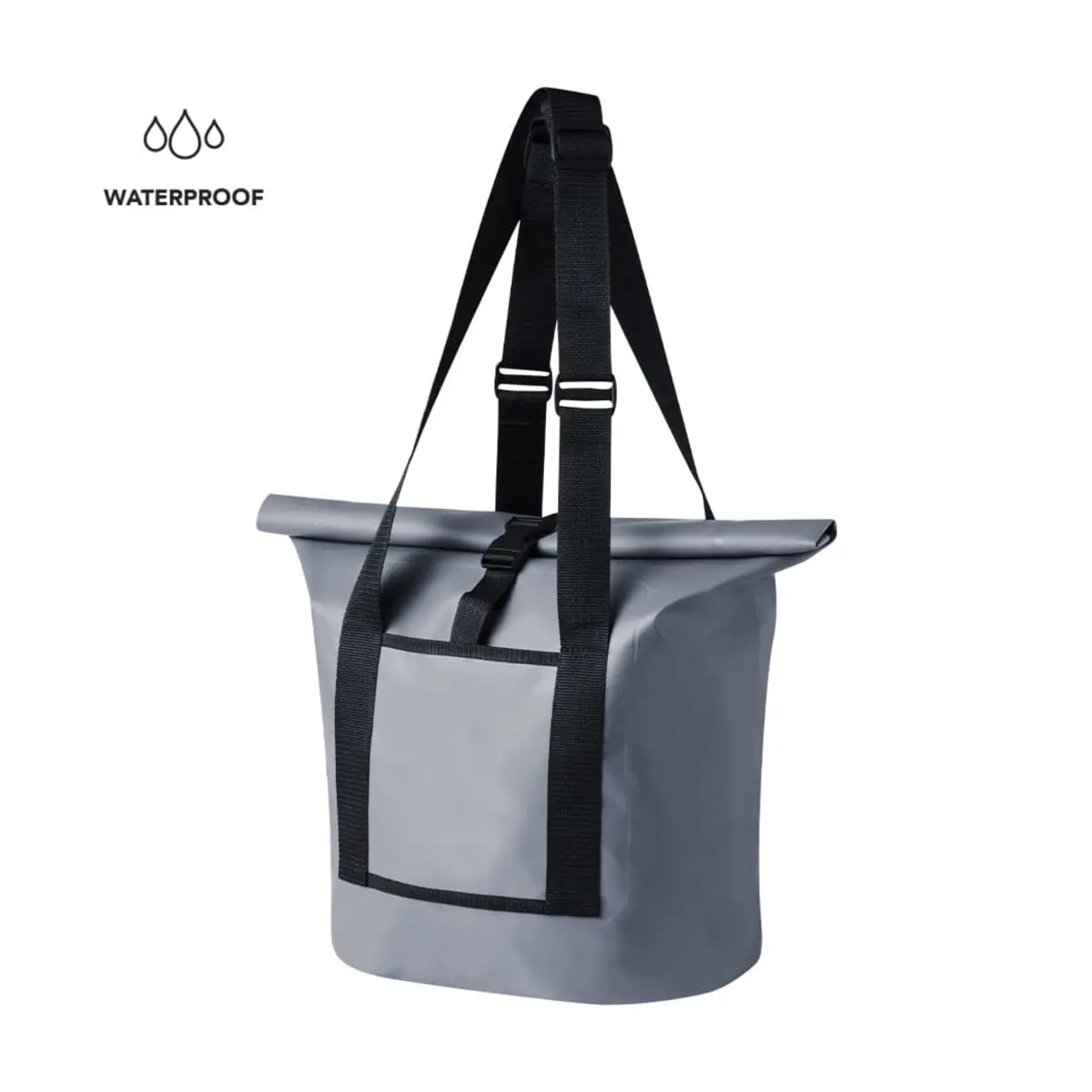 Dry Bags
Dry Bags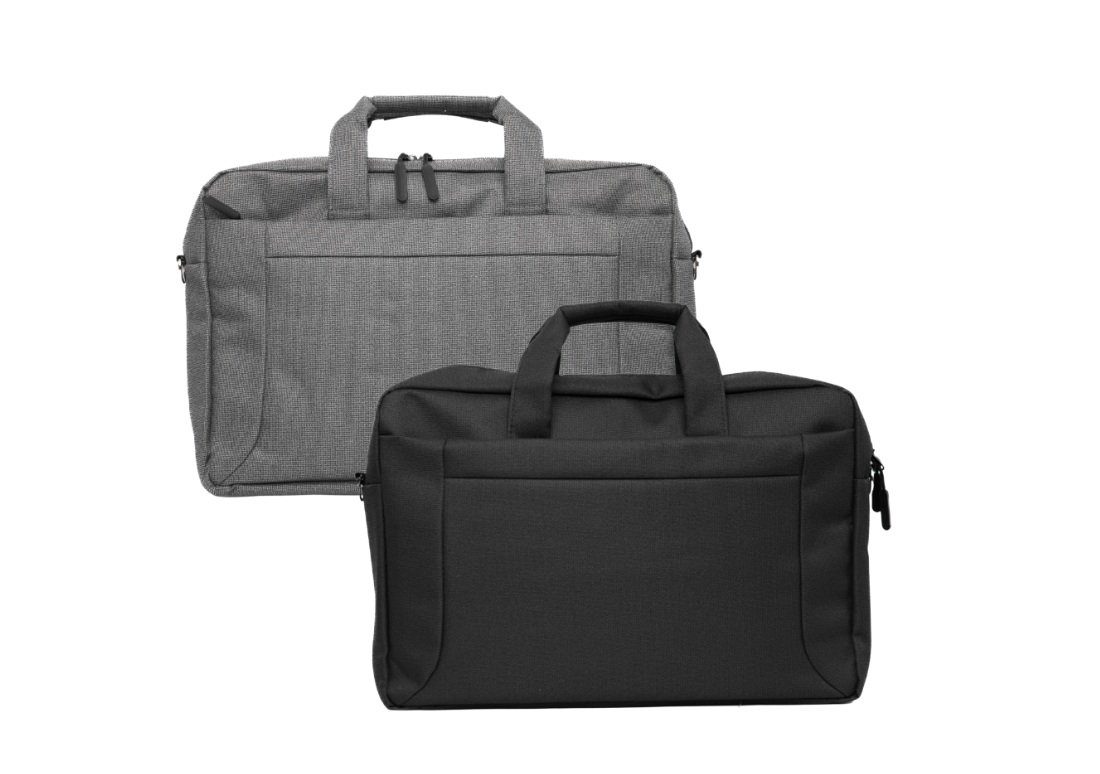 Laptop
Laptop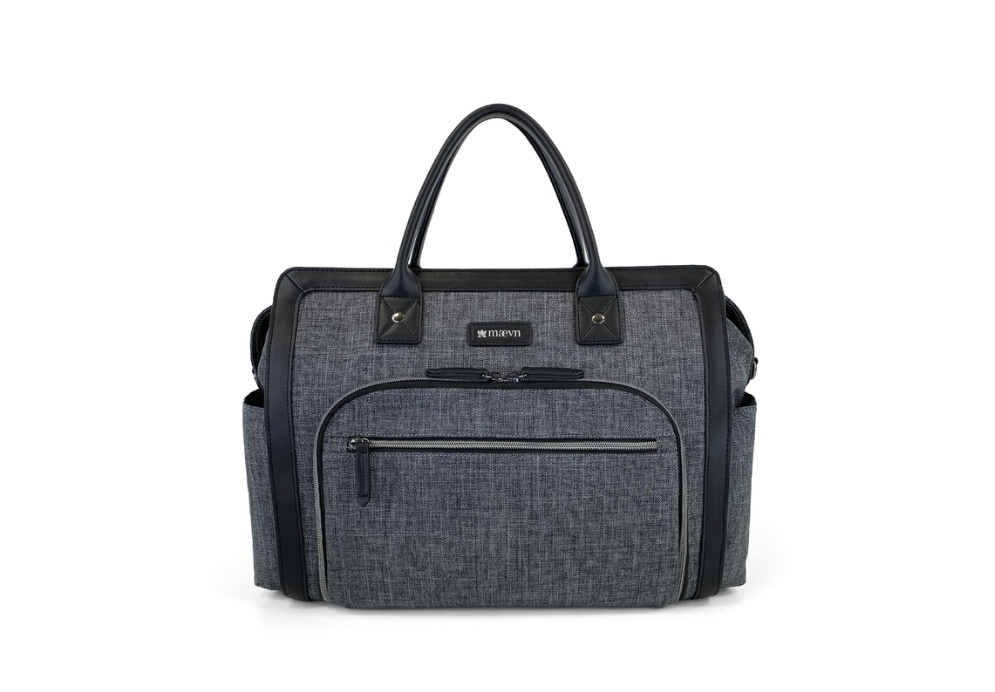 Satchels
Satchels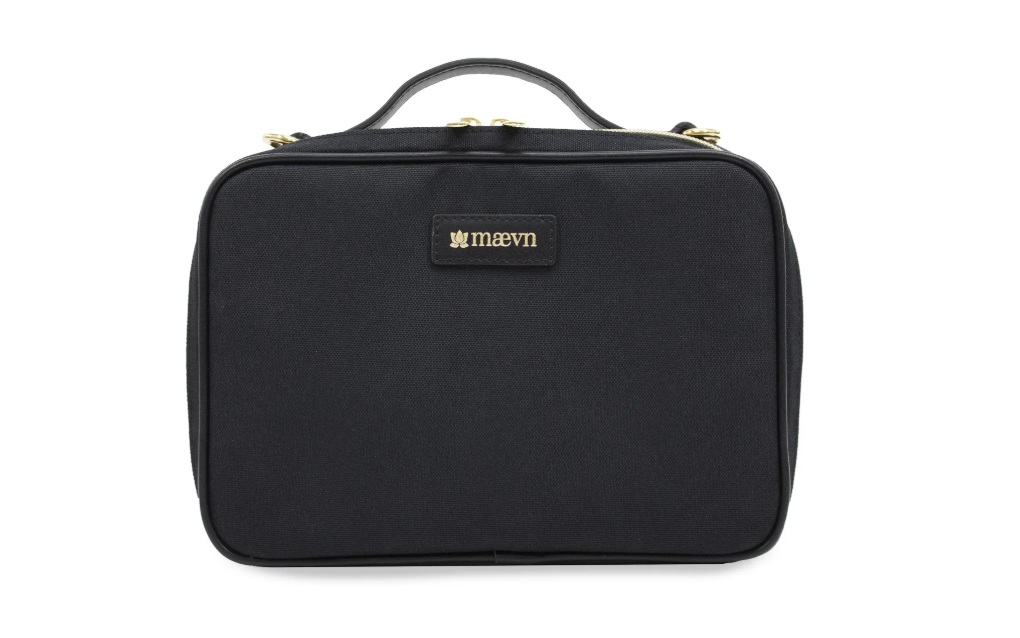 Specialised Bags
Specialised Bags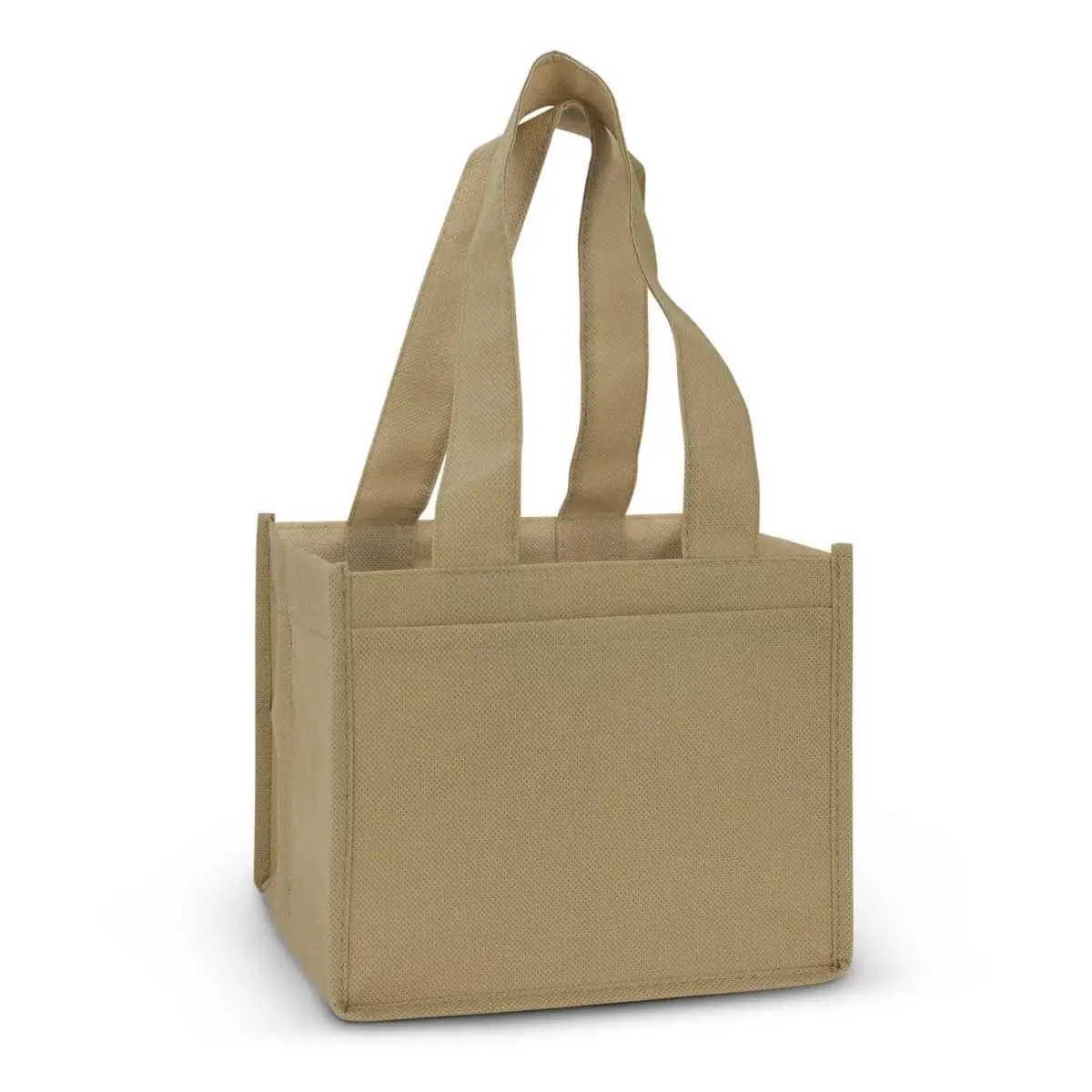 Tote Bags
Tote Bags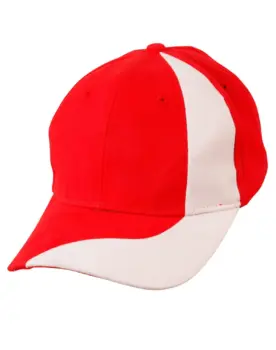

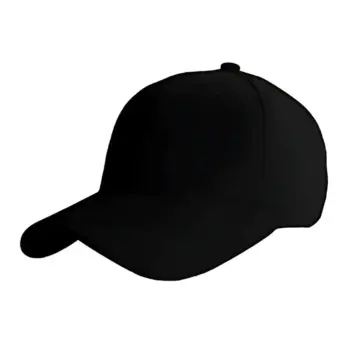
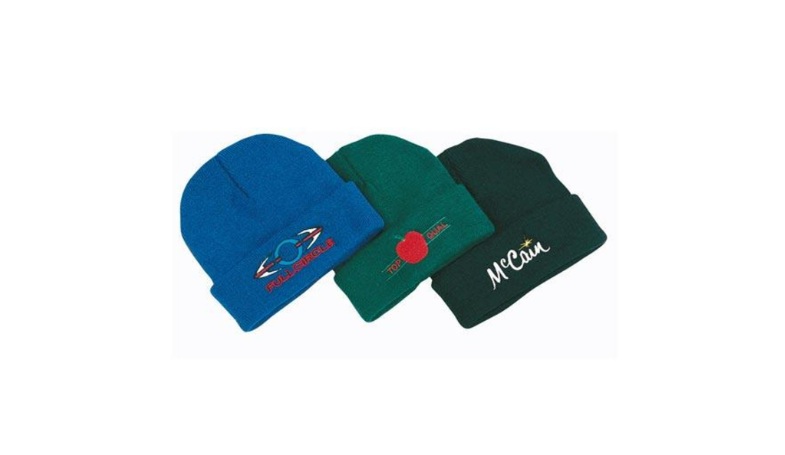 Beanies
Beanies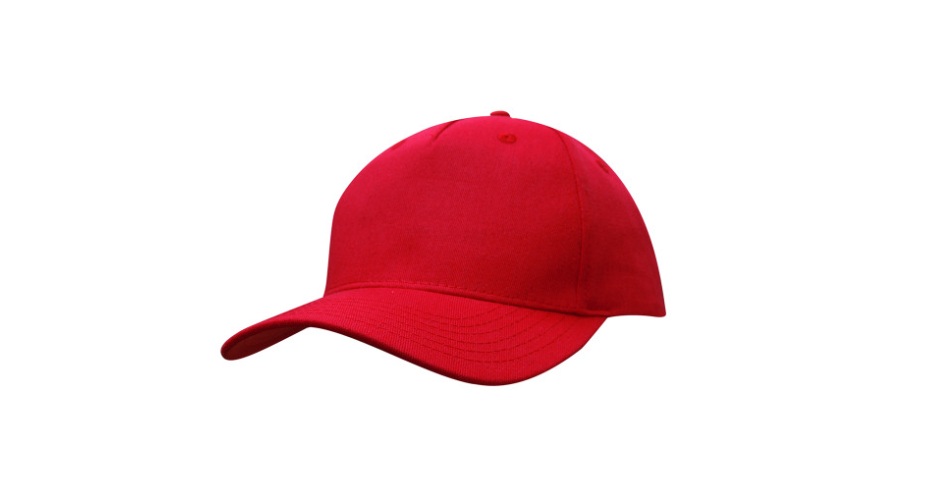 Caps
Caps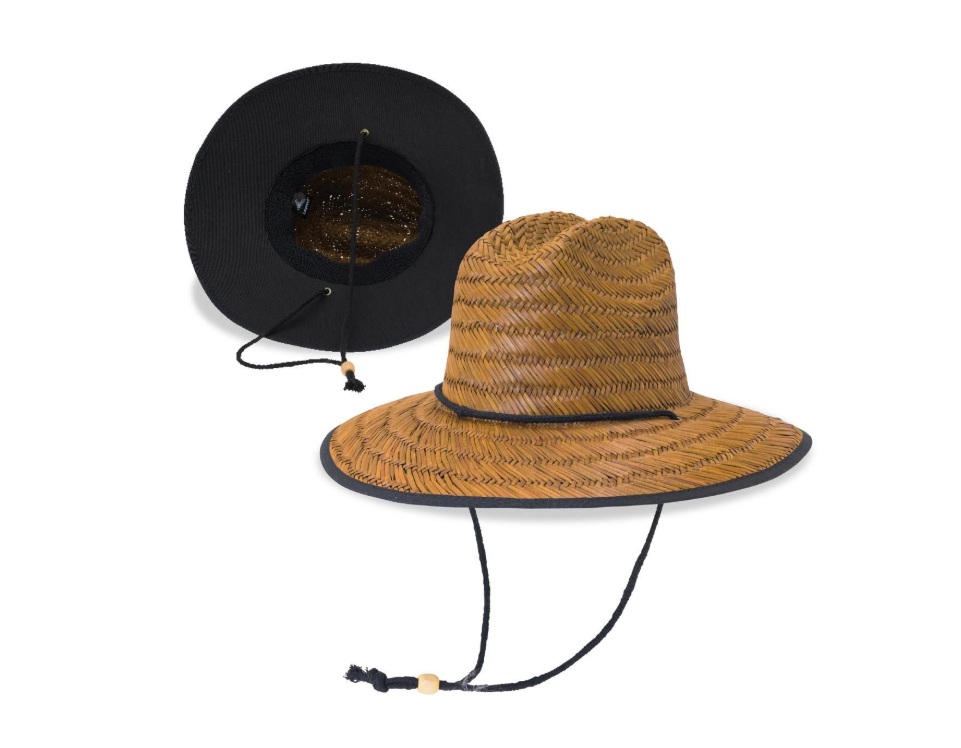 Straw Hats
Straw Hats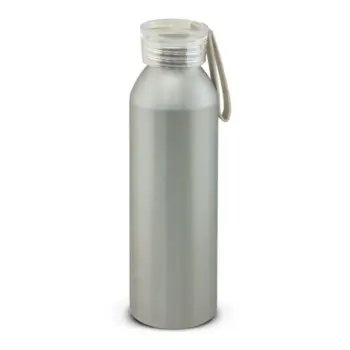
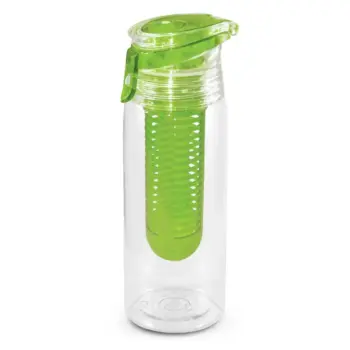
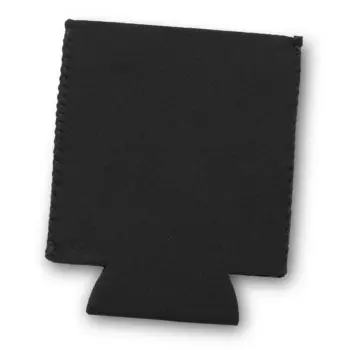
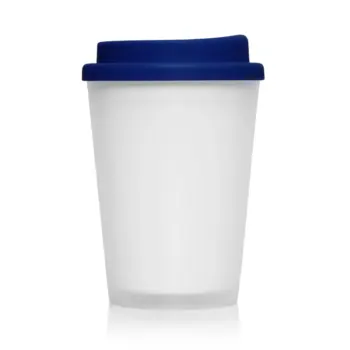
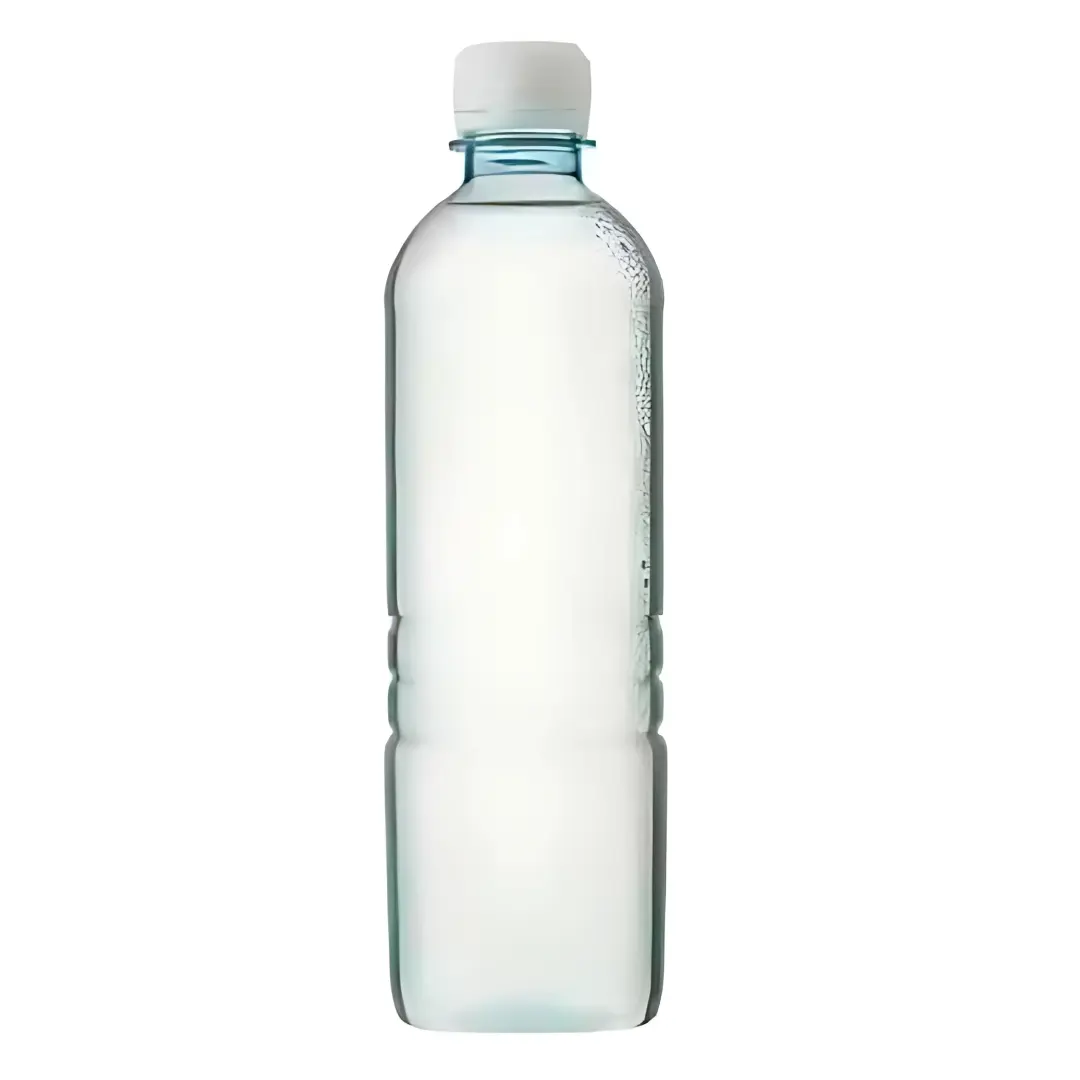 Bottled Water
Bottled Water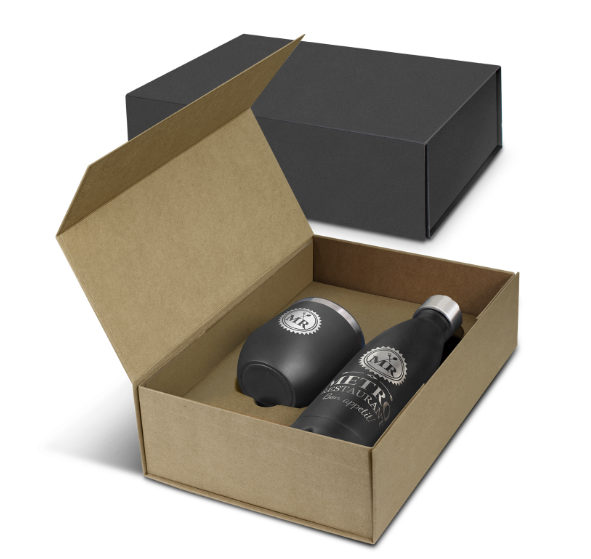 Drinkware Gift Sets
Drinkware Gift Sets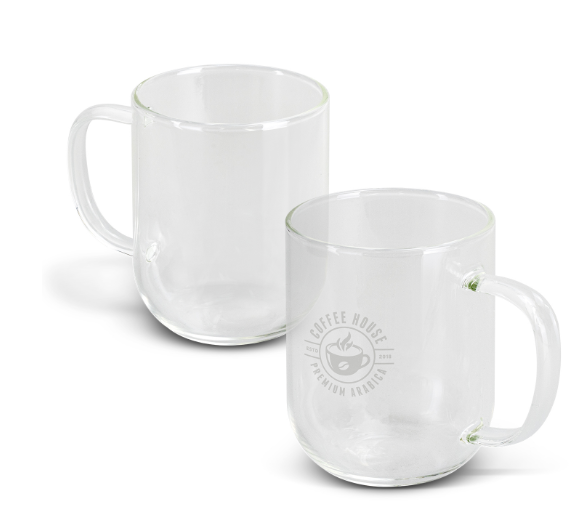 Glass & Poly Cups
Glass & Poly Cups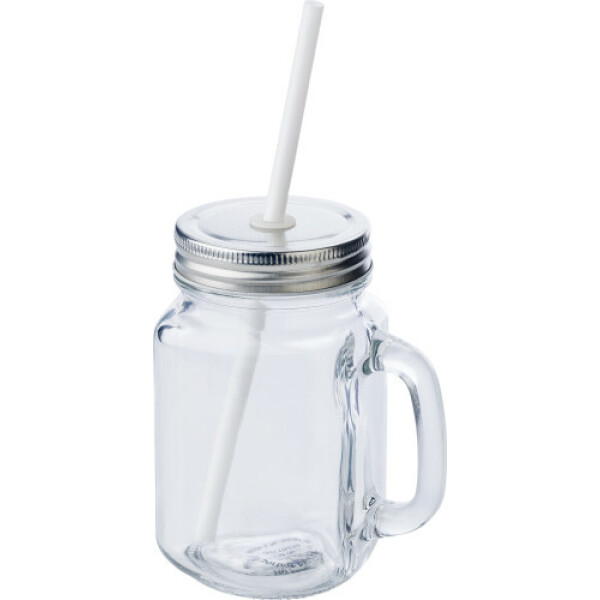 Mason Jars
Mason Jars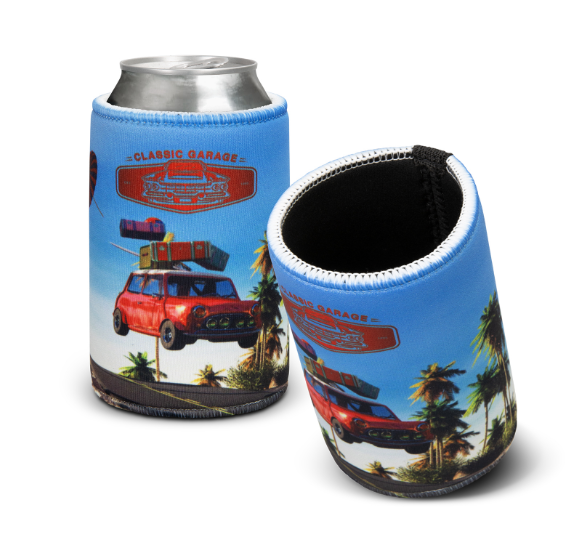 Stubby | Bar & Drinkware
Stubby | Bar & Drinkware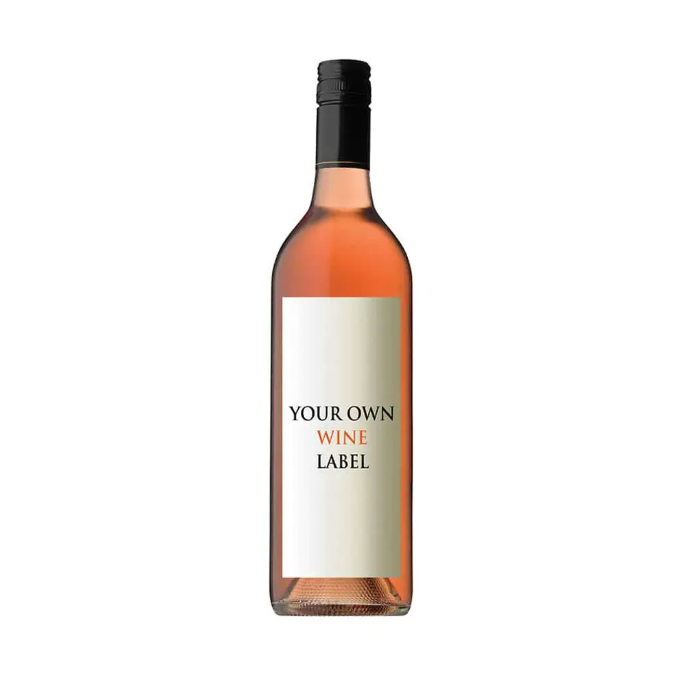 Wines
Wines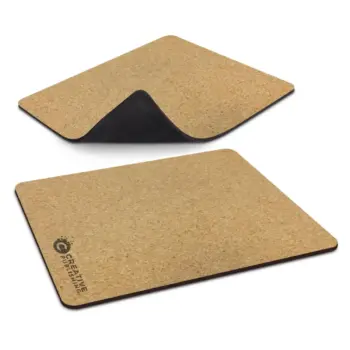



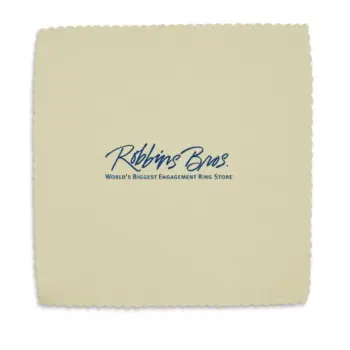
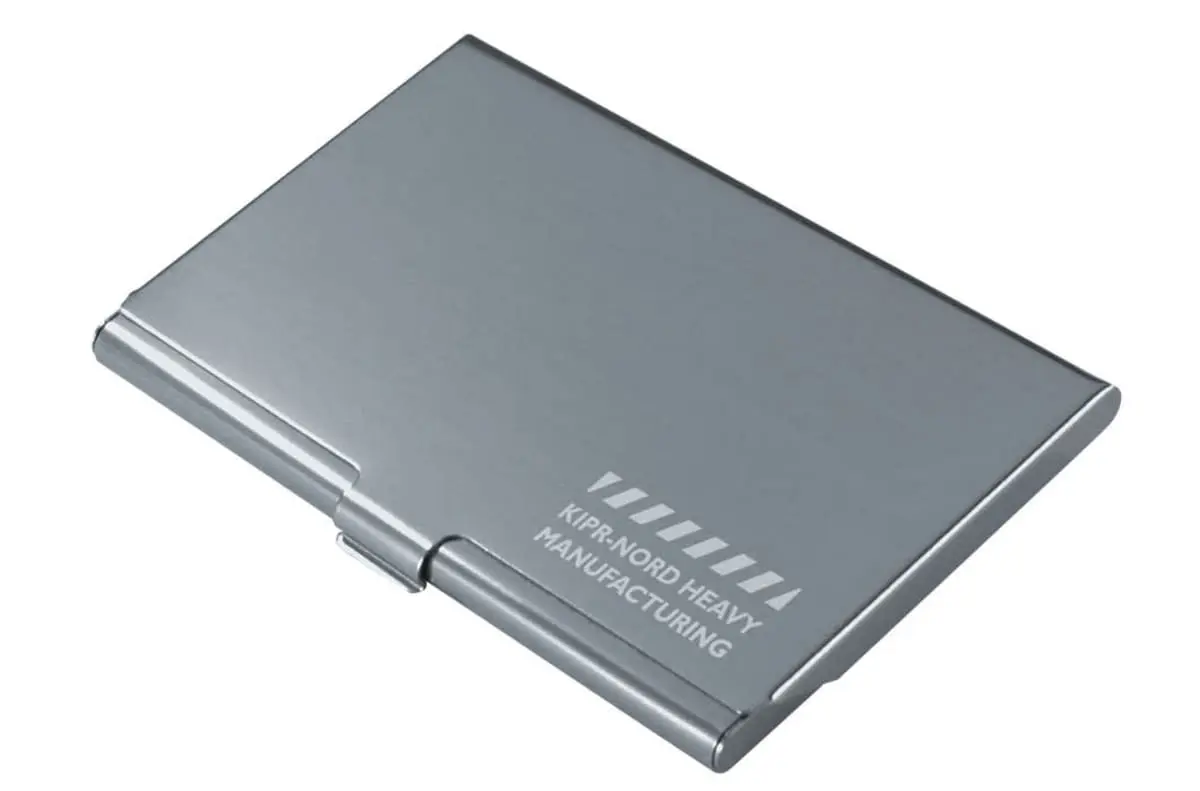 Business Card Holders
Business Card Holders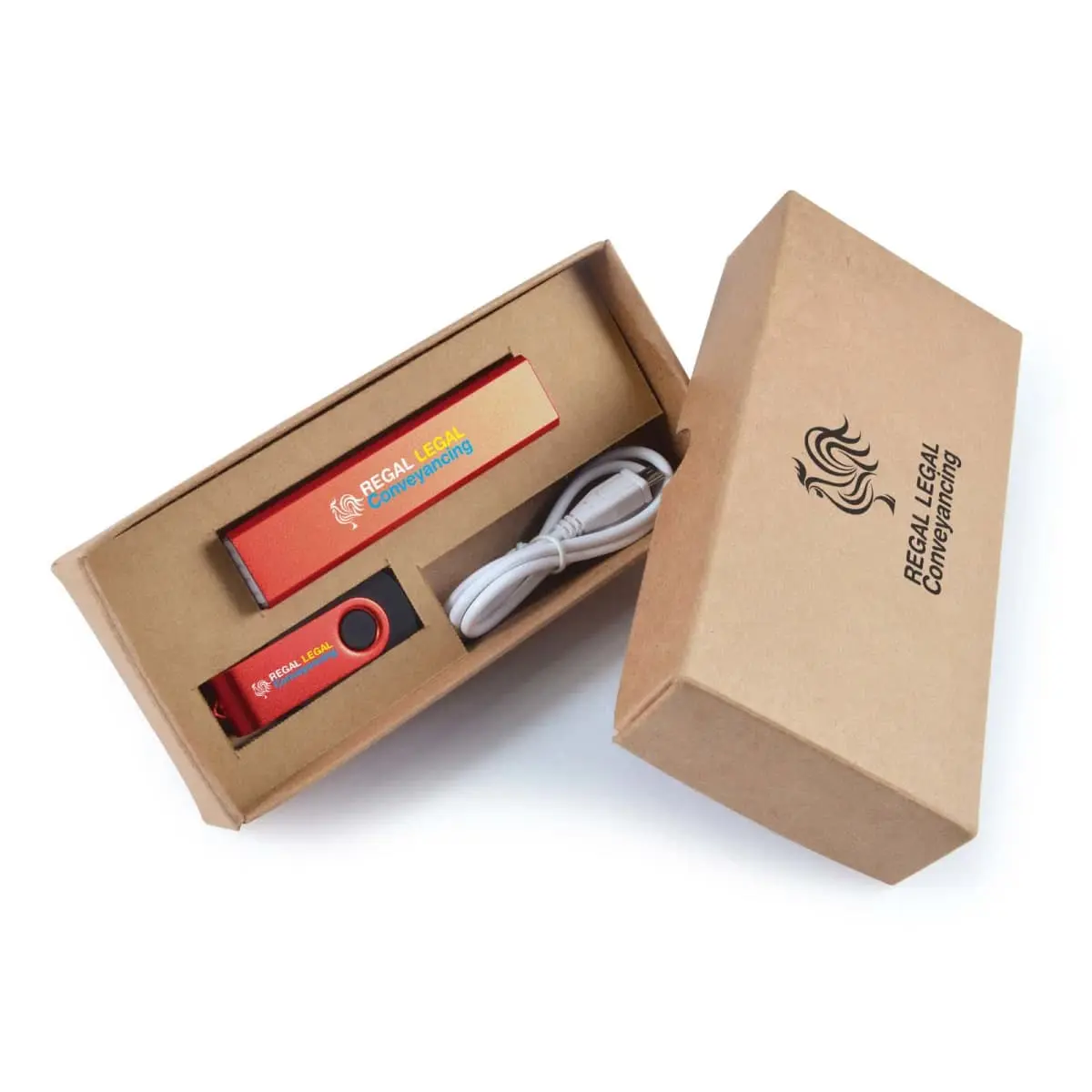 IT Gift Sets
IT Gift Sets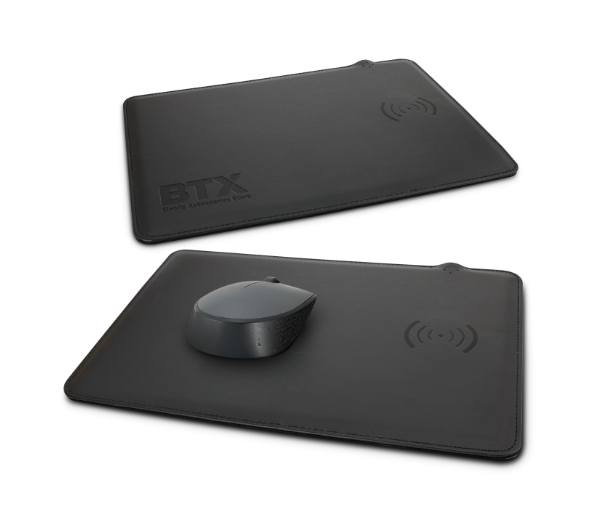 Tech Computers
Tech Computers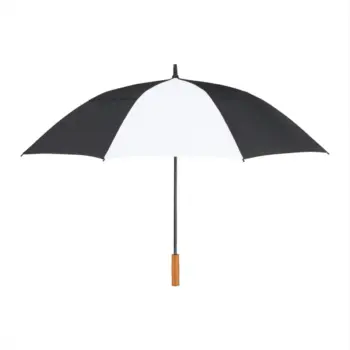
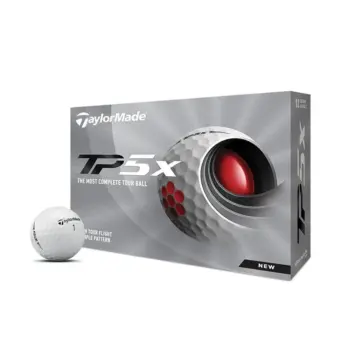

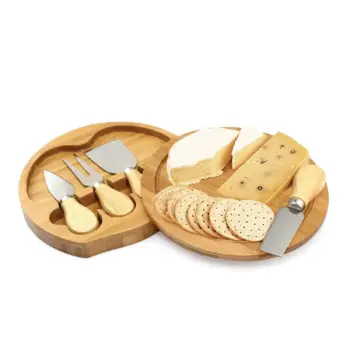
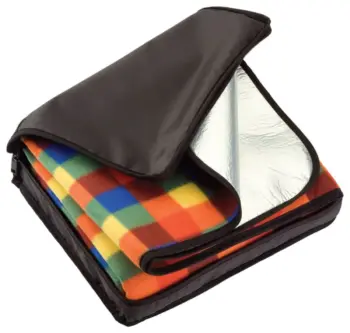
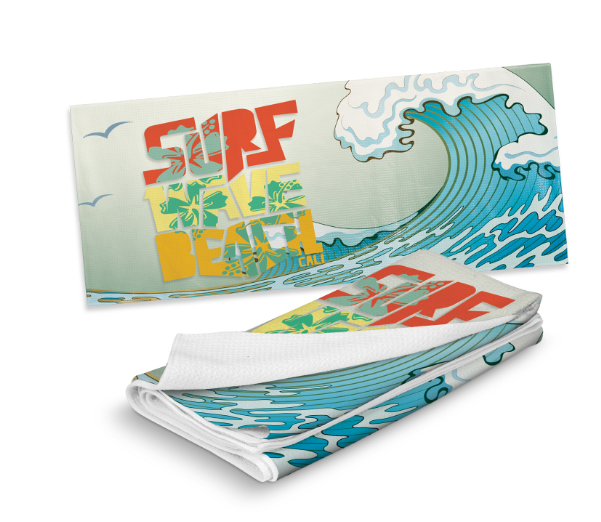 Beach Towels
Beach Towels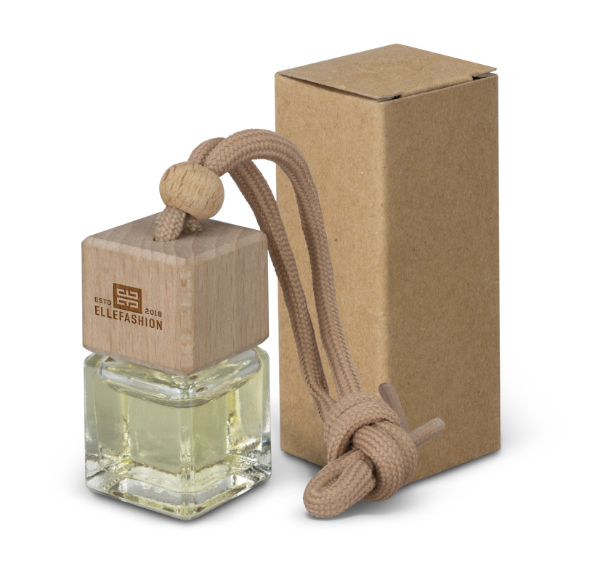 Car Accessories
Car Accessories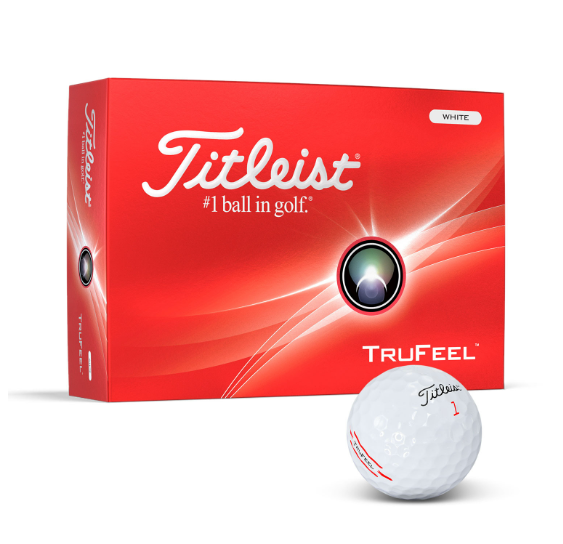 Golf
Golf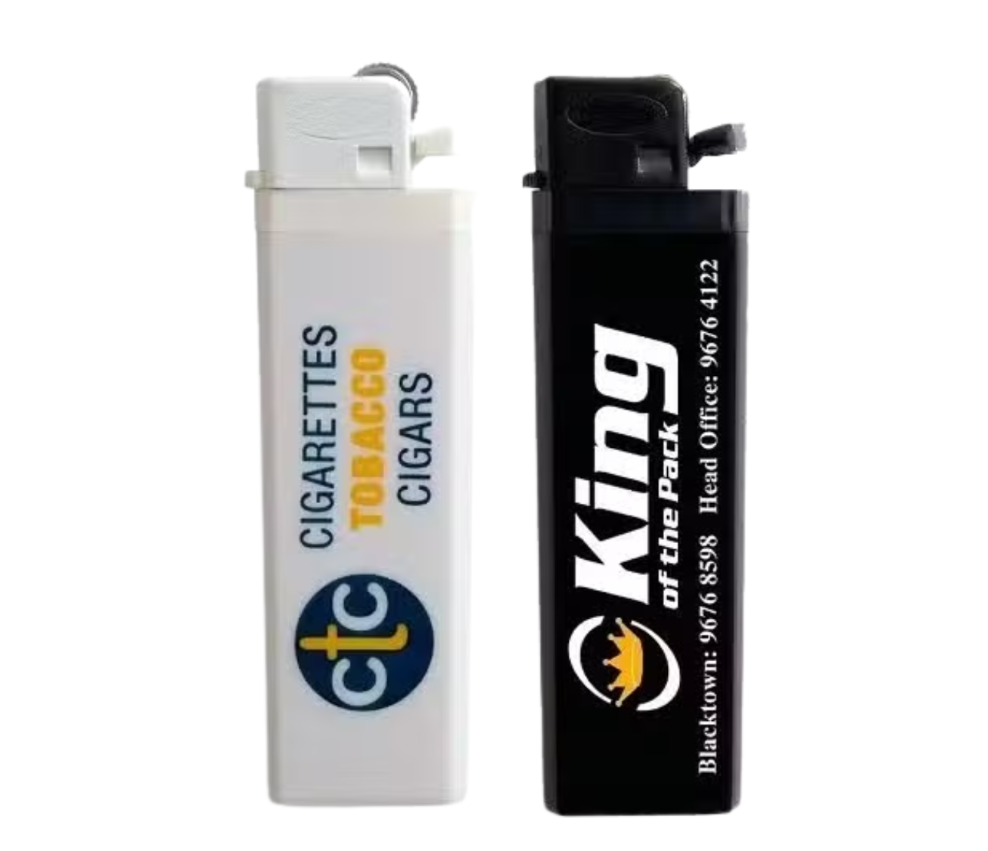 Lighters
Lighters Picnic Gear
Picnic Gear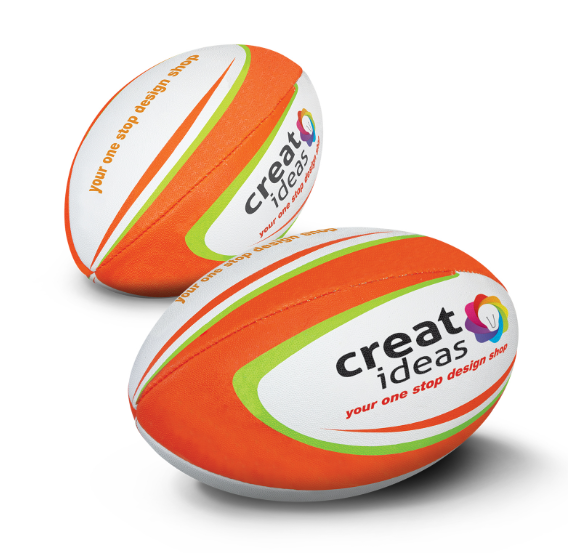 Sports Items
Sports Items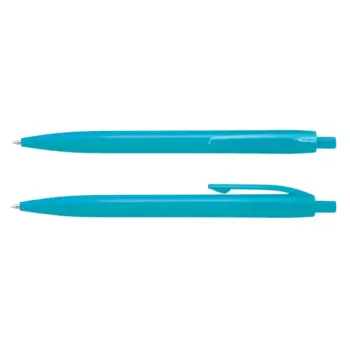
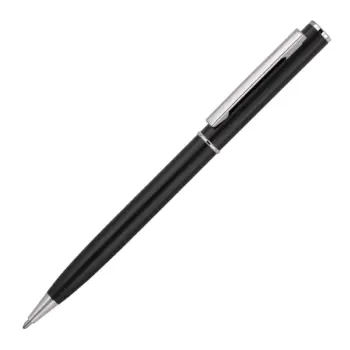
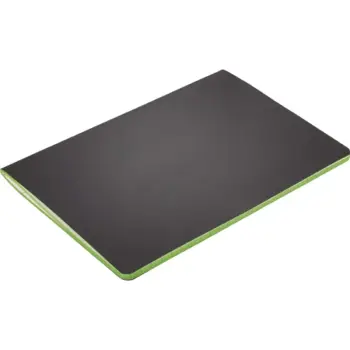
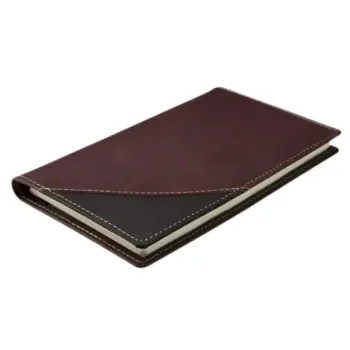
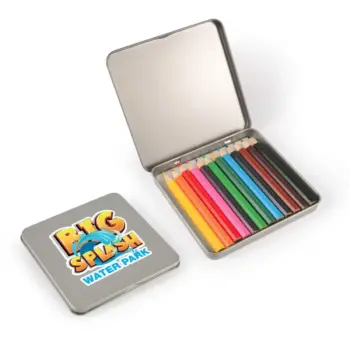
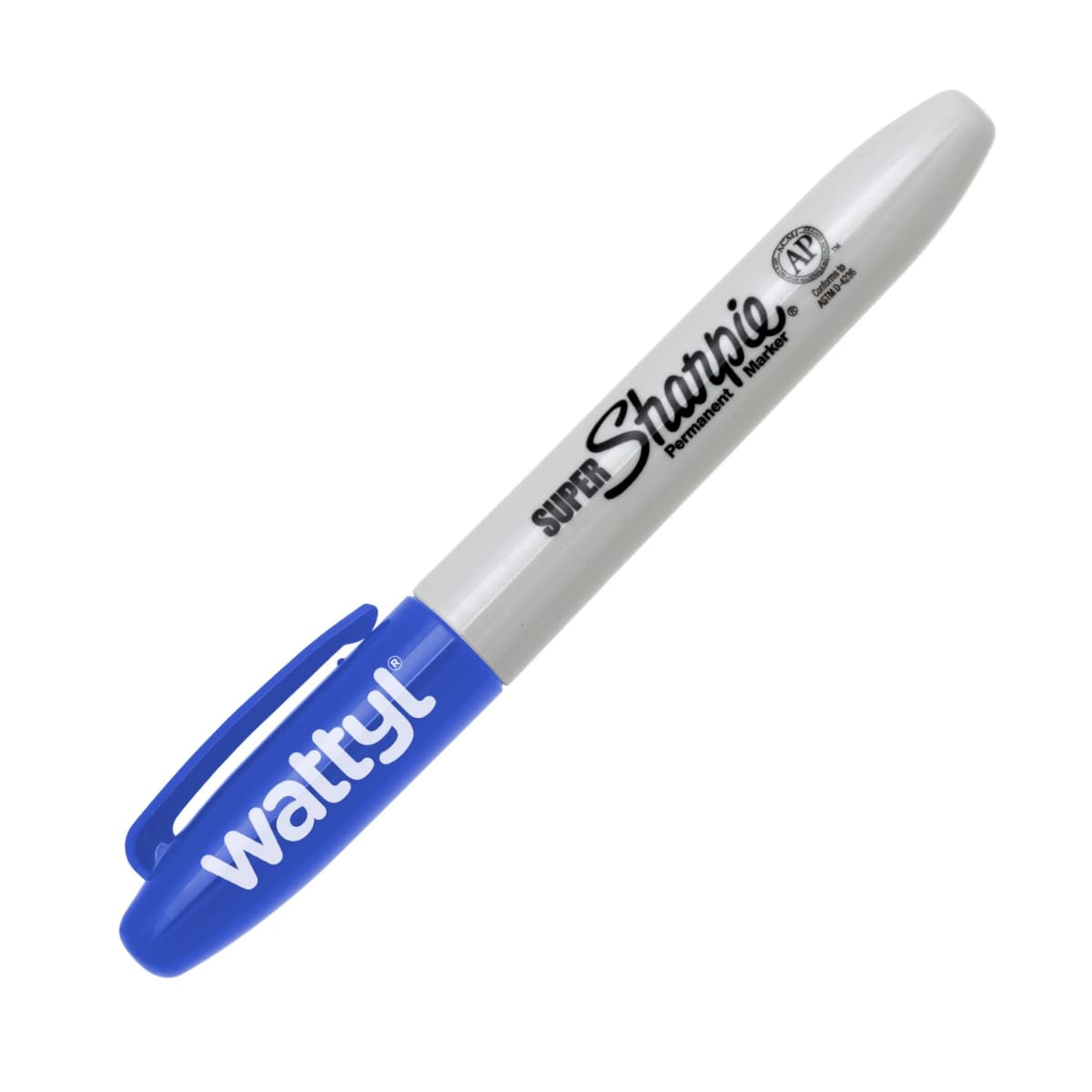 Markers
Markers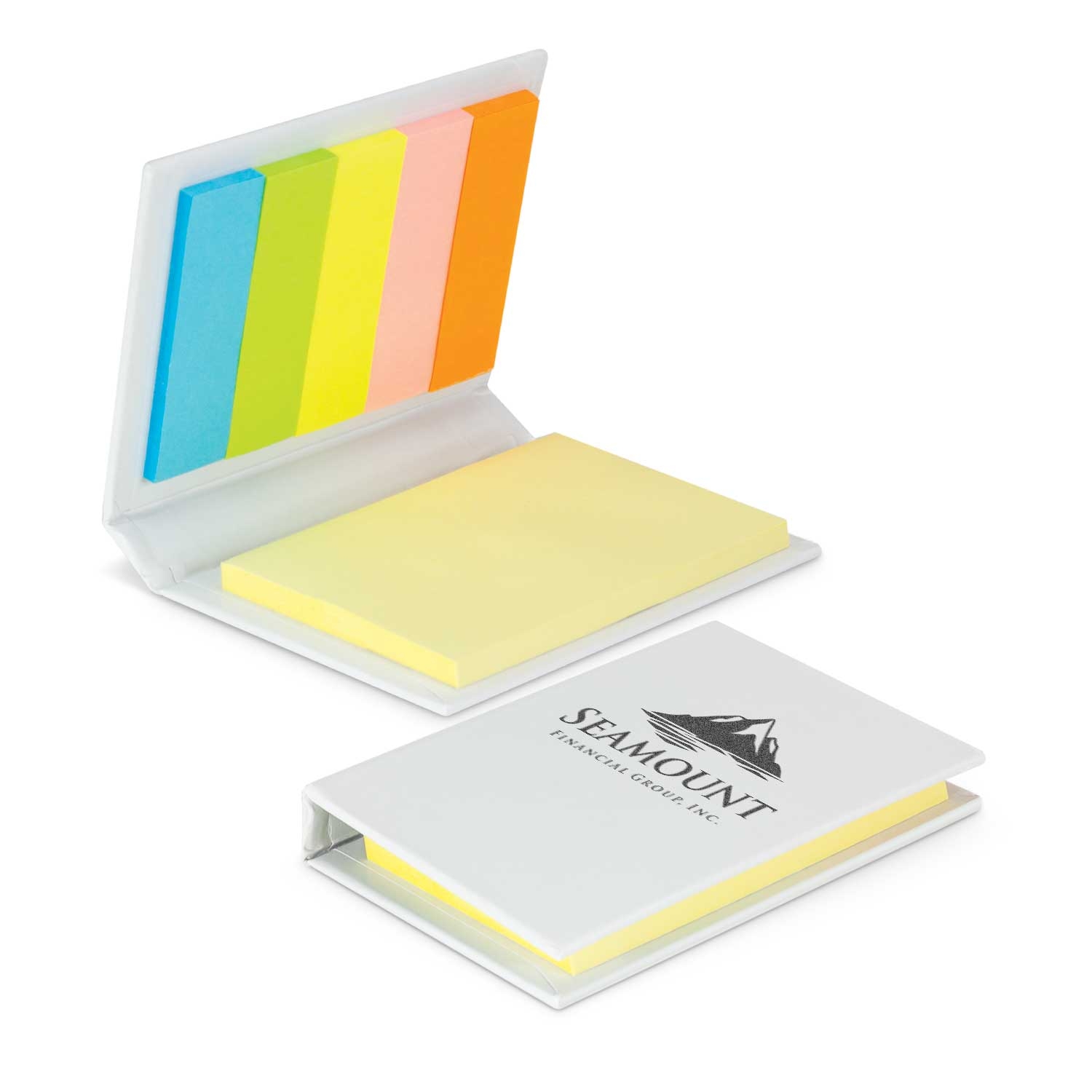 Post-It & Sticky Notes
Post-It & Sticky Notes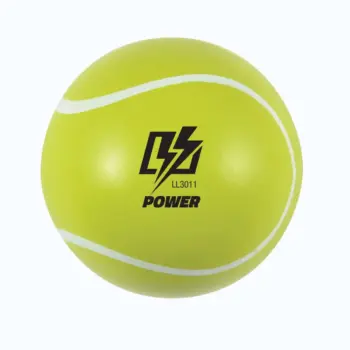


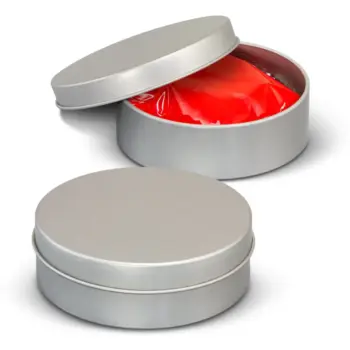
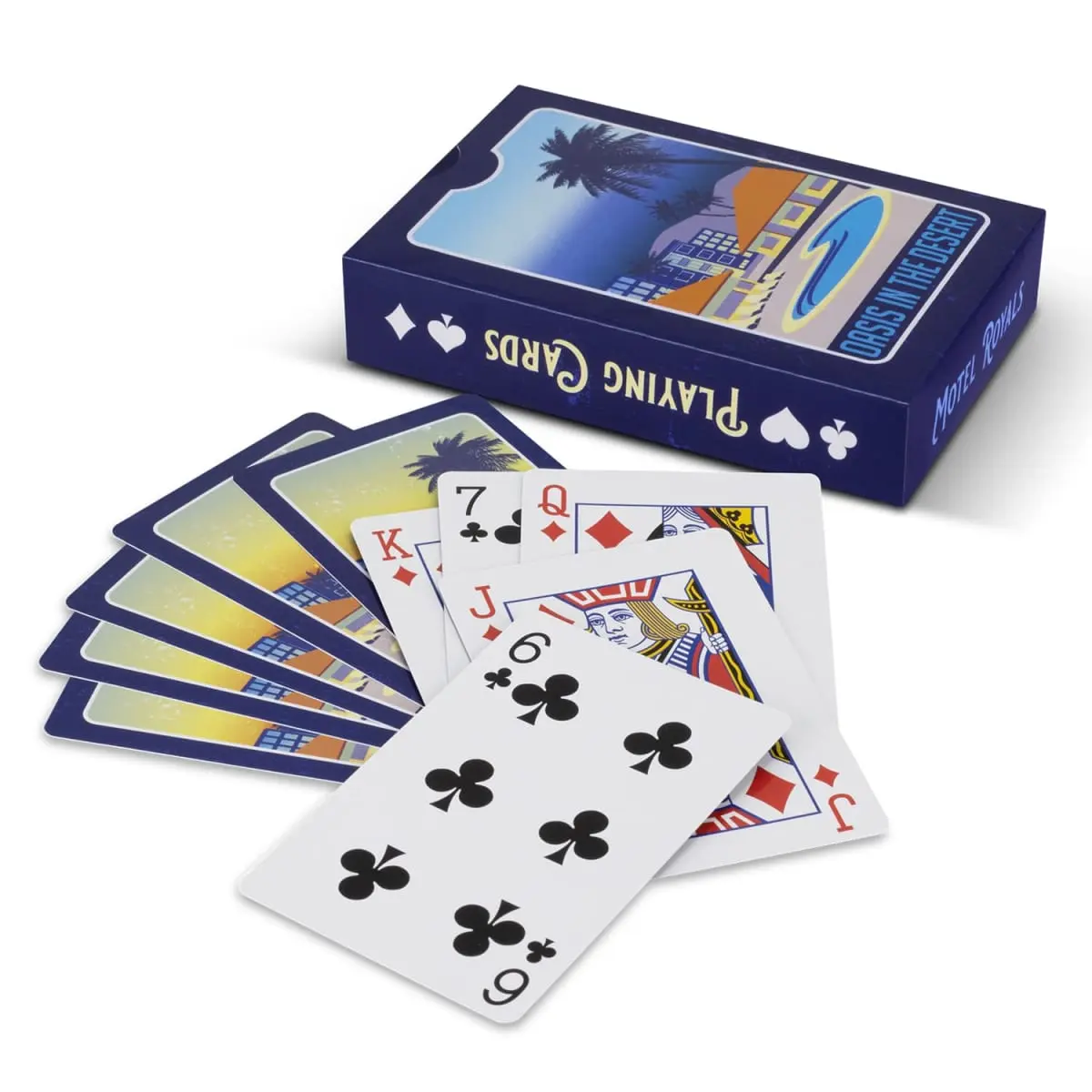 Card Decks
Card Decks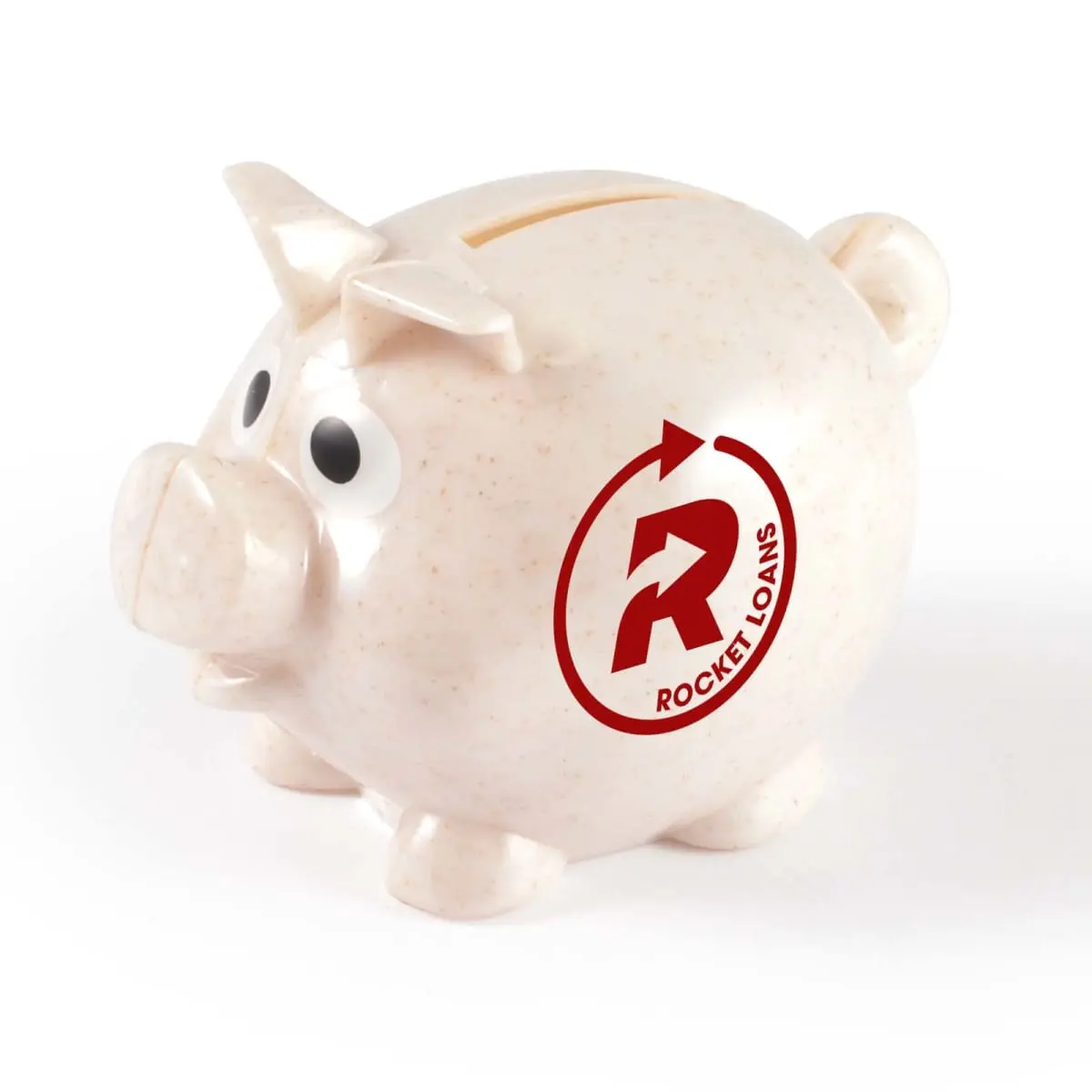 Coin Banks
Coin Banks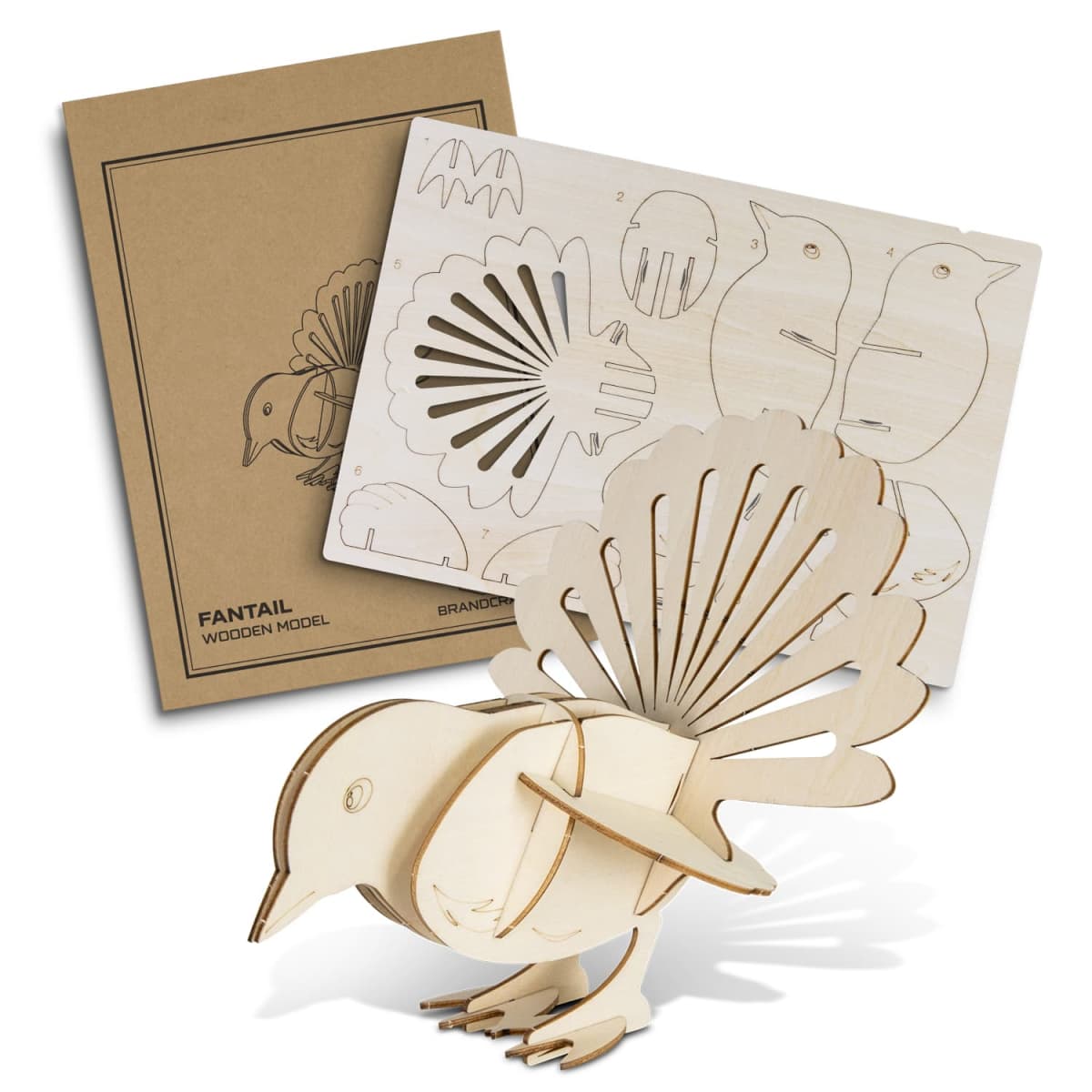 Conference Toys
Conference Toys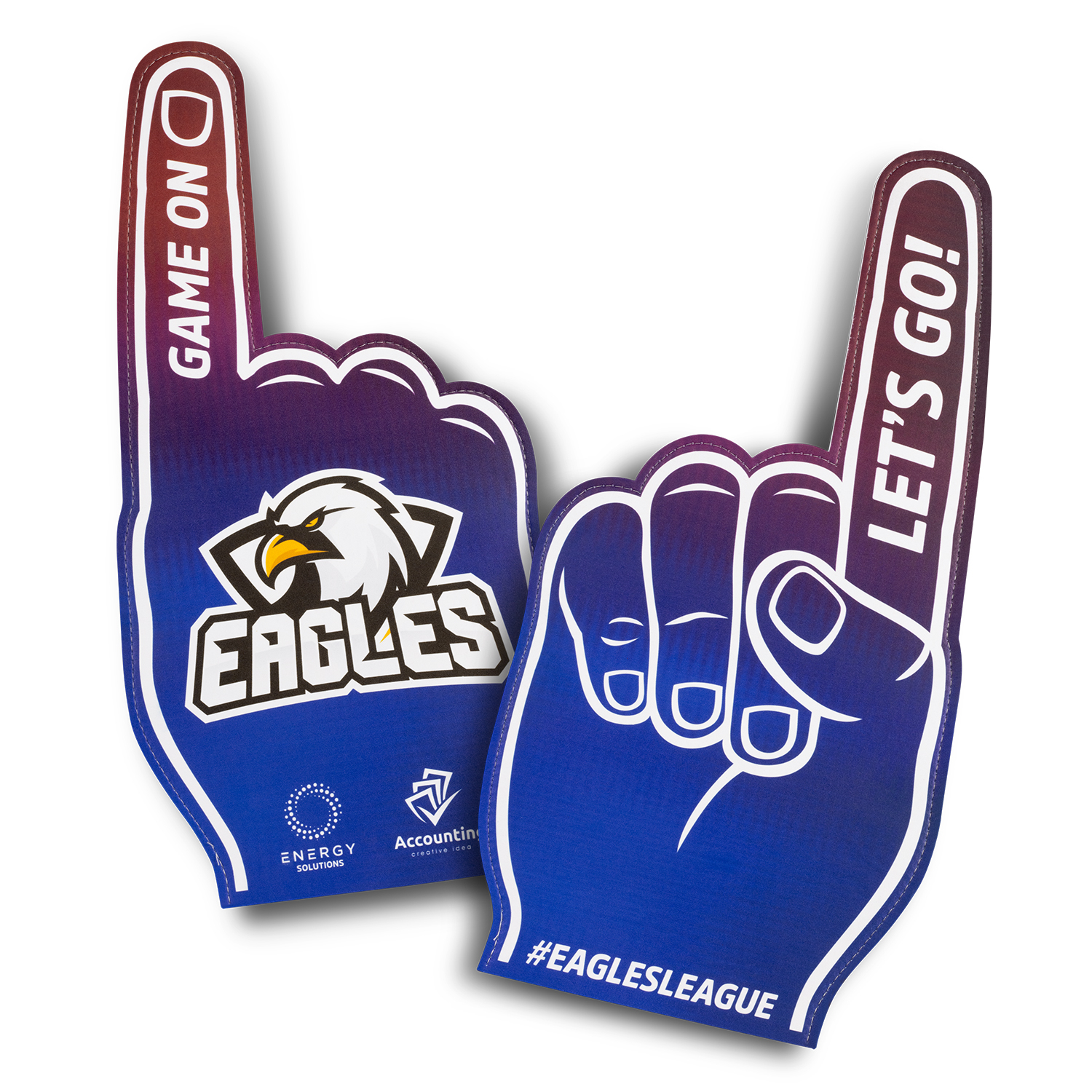 Event Toys
Event Toys Frisbees
Frisbees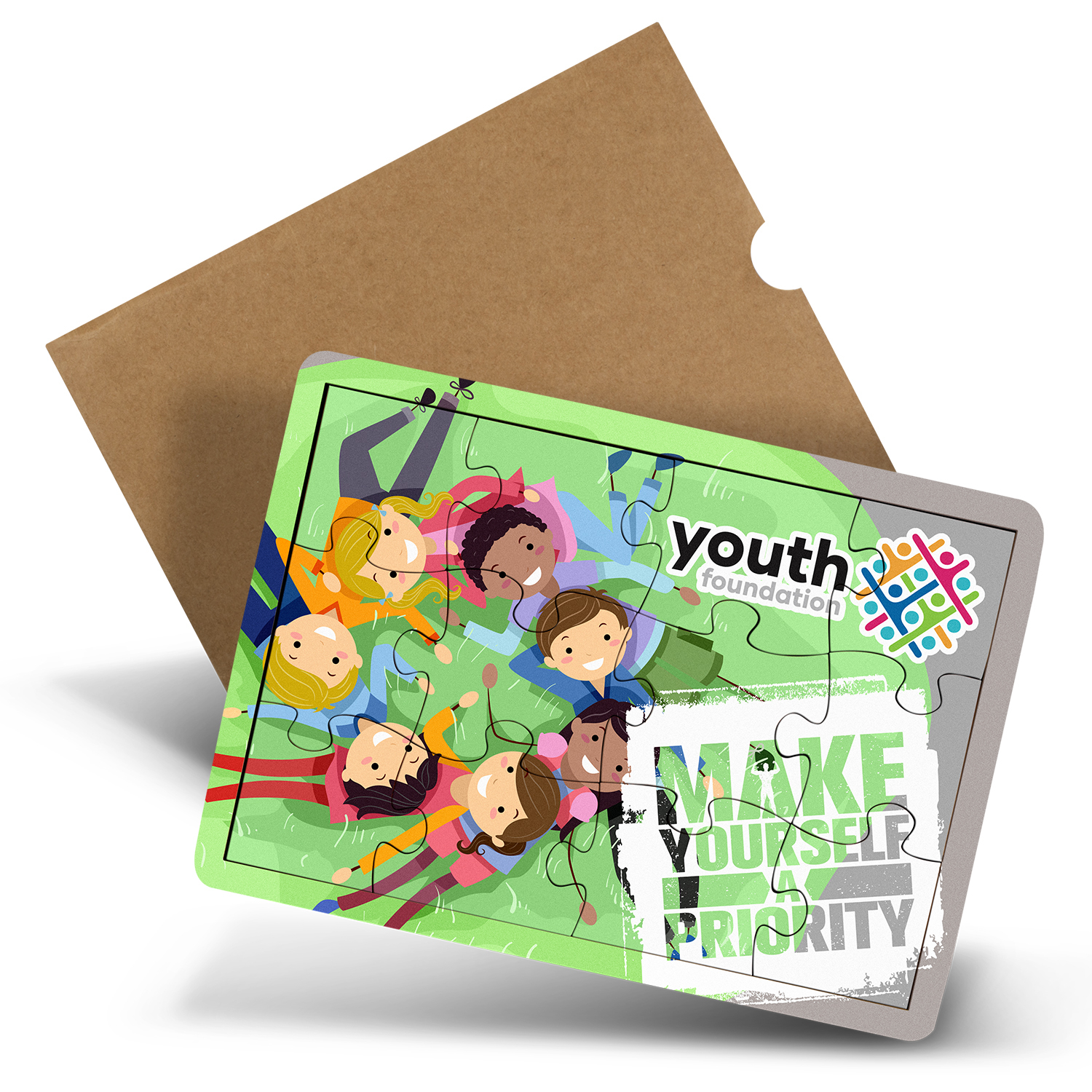 Games & Puzzles
Games & Puzzles Kids
Kids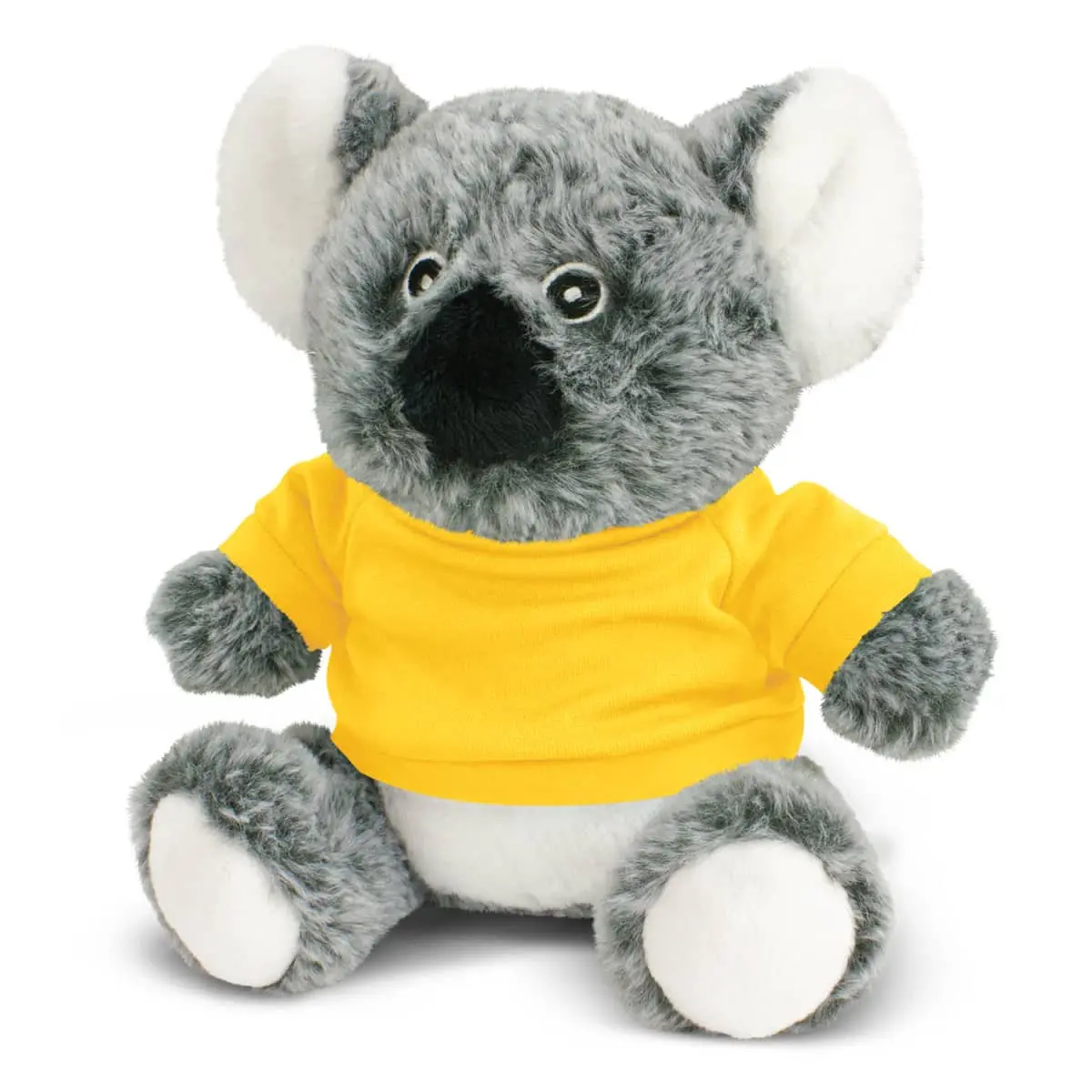 Plush Toys
Plush Toys
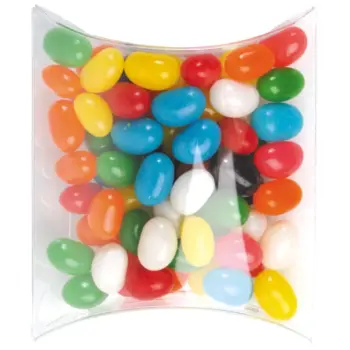
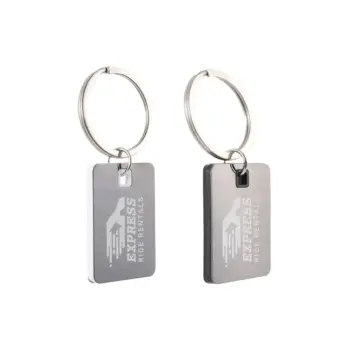


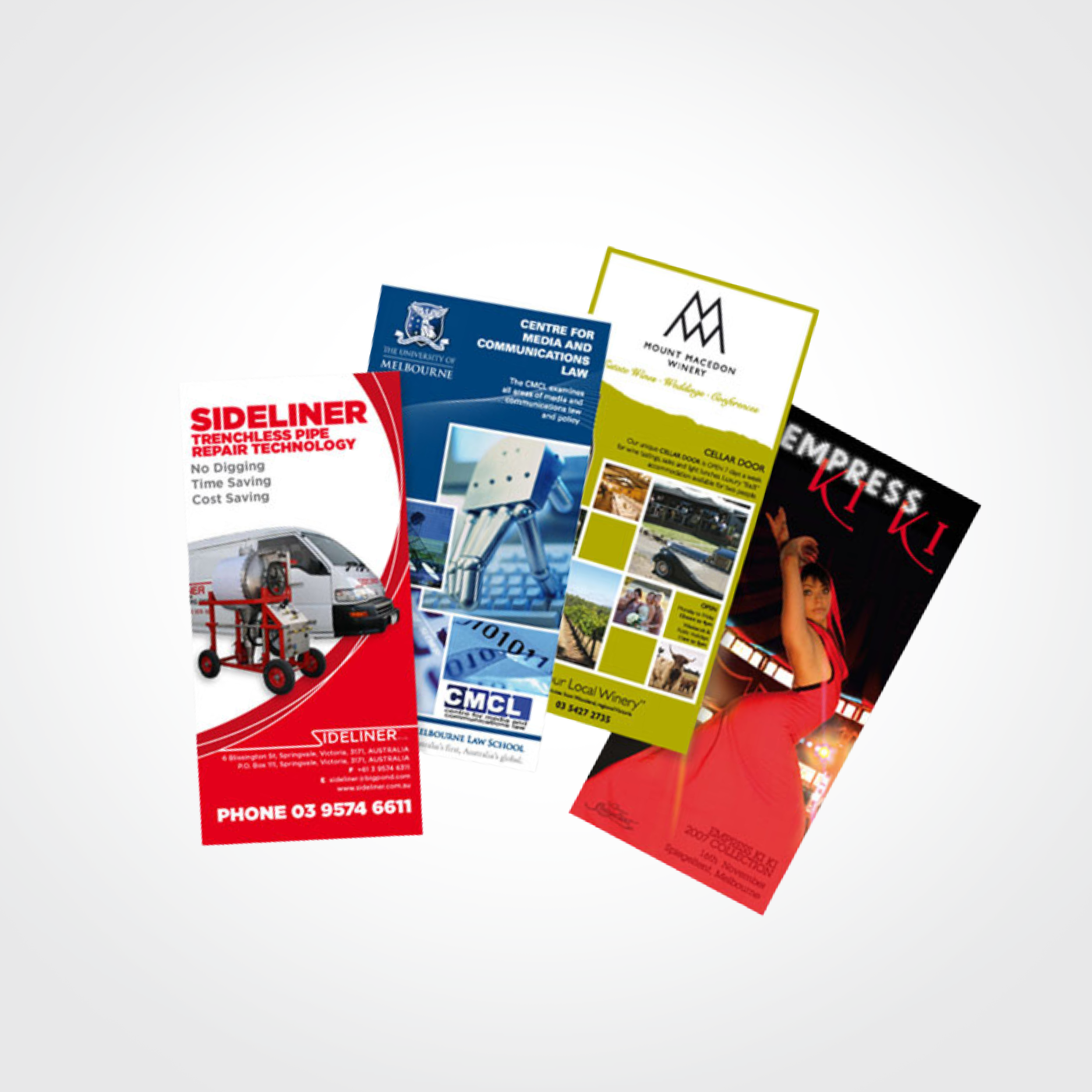 Print | Signage
Print | Signage

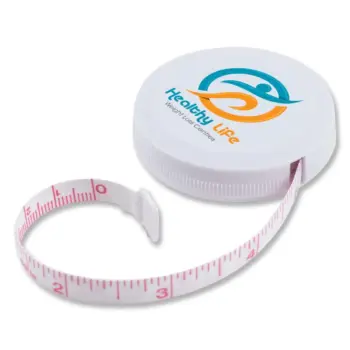
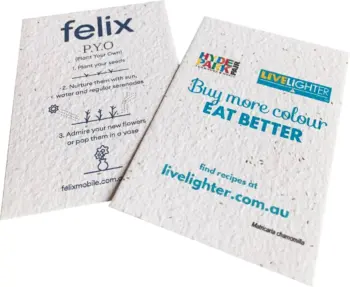
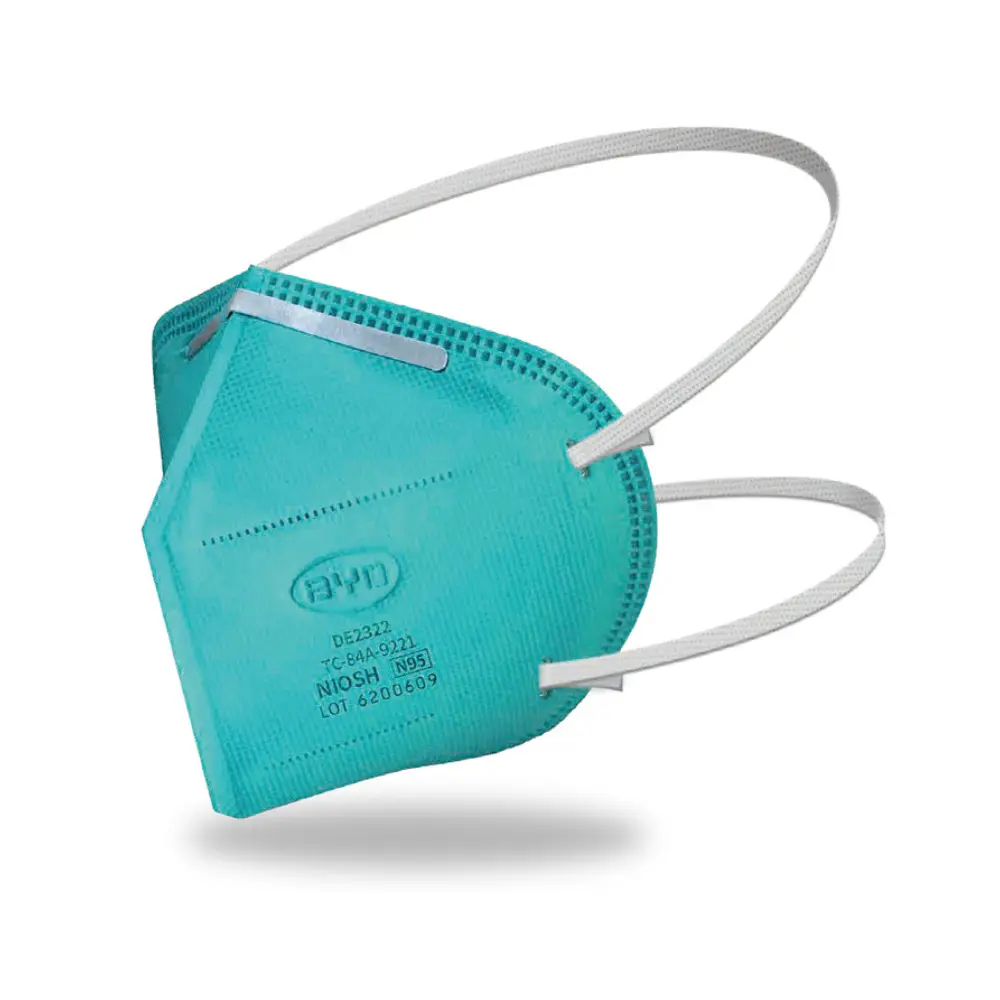 Antibacterial
Antibacterial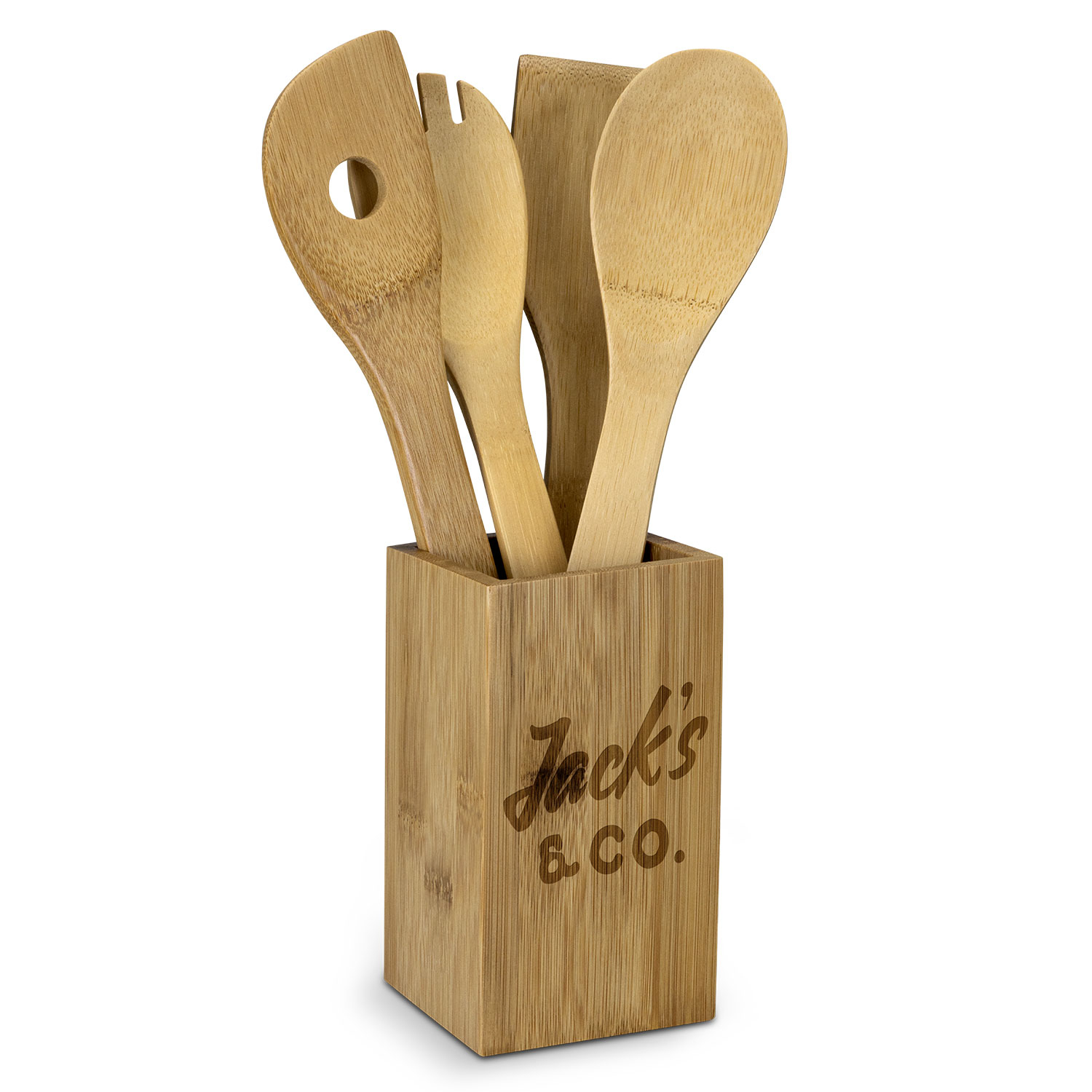 Eco Products
Eco Products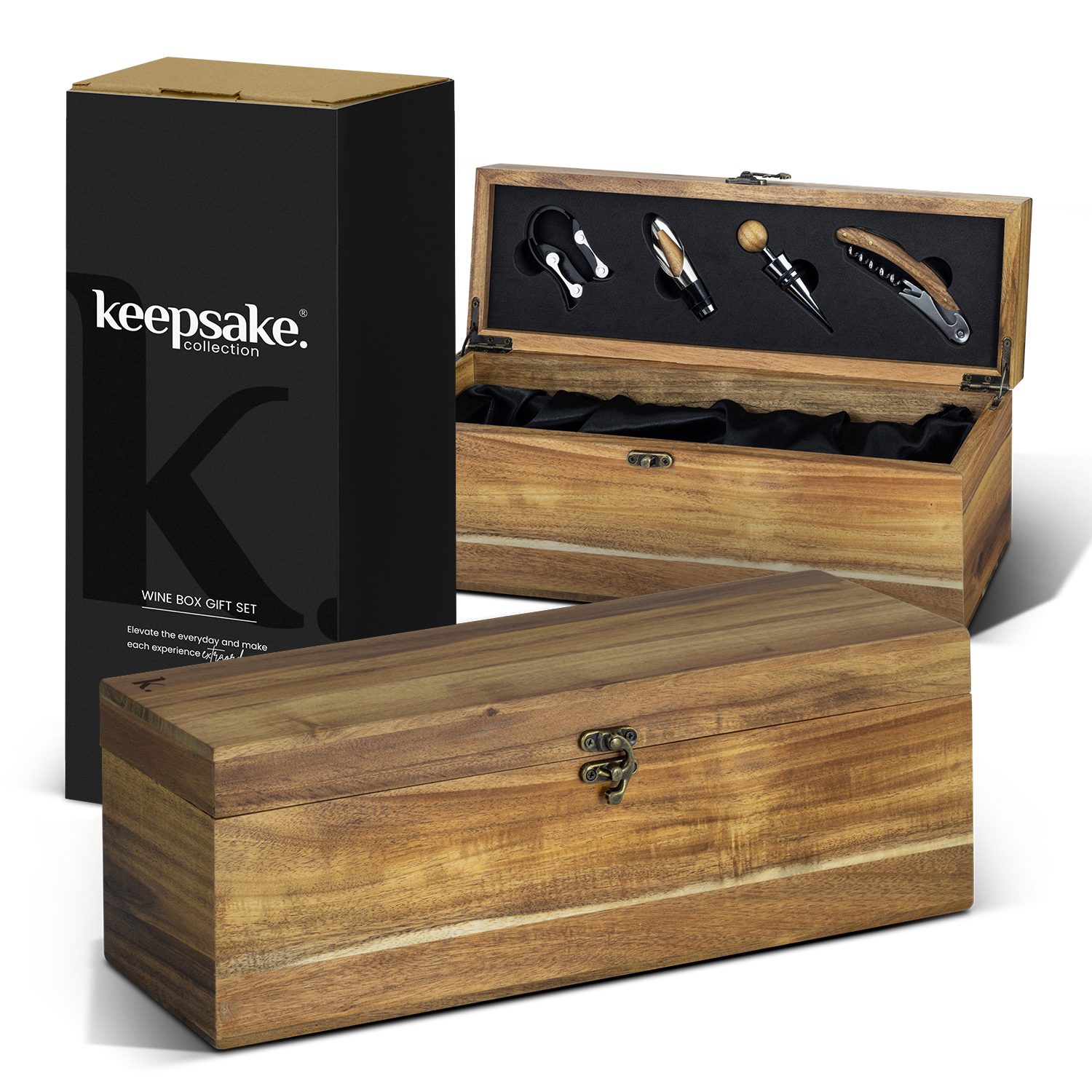 Gift Box Sets
Gift Box Sets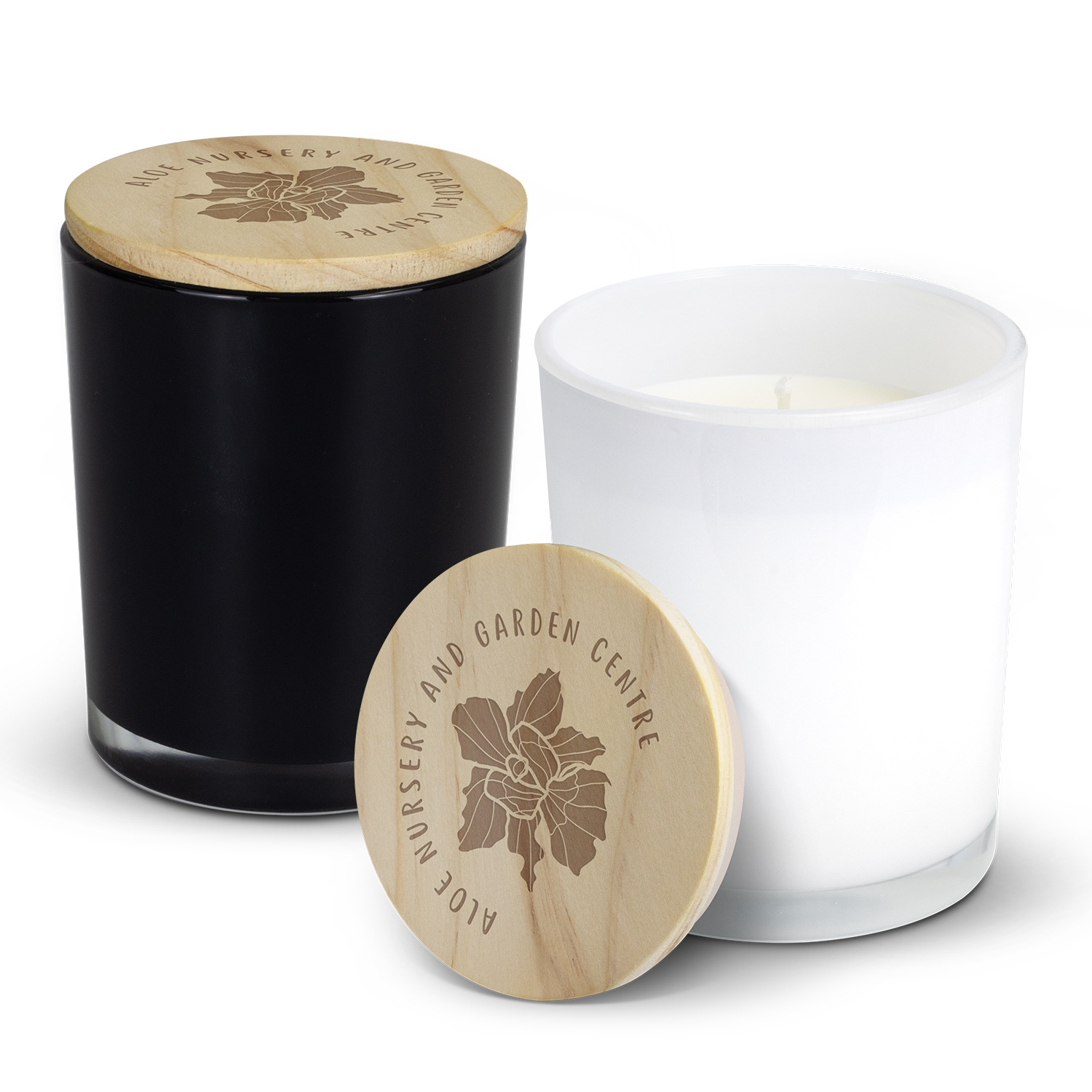 Homeware
Homeware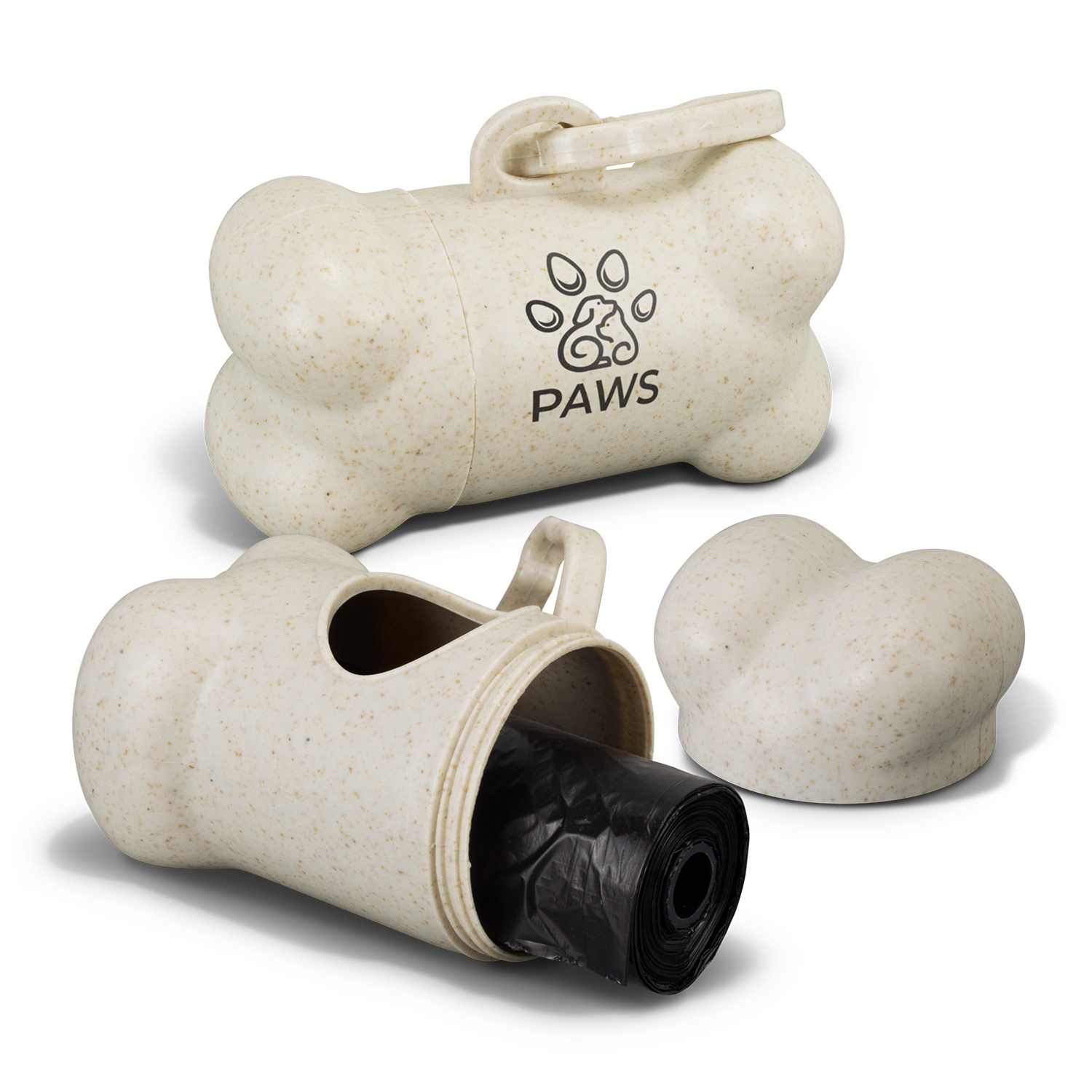 Pet Products
Pet Products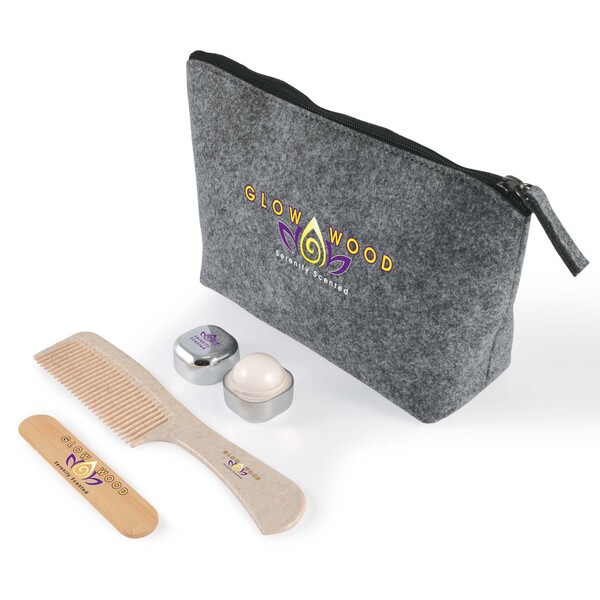 Personal Care
Personal Care Occasion Ideas
Occasion Ideas

